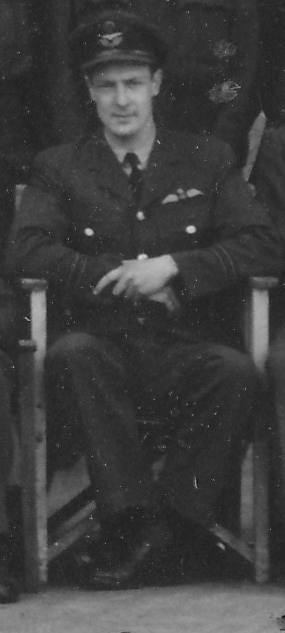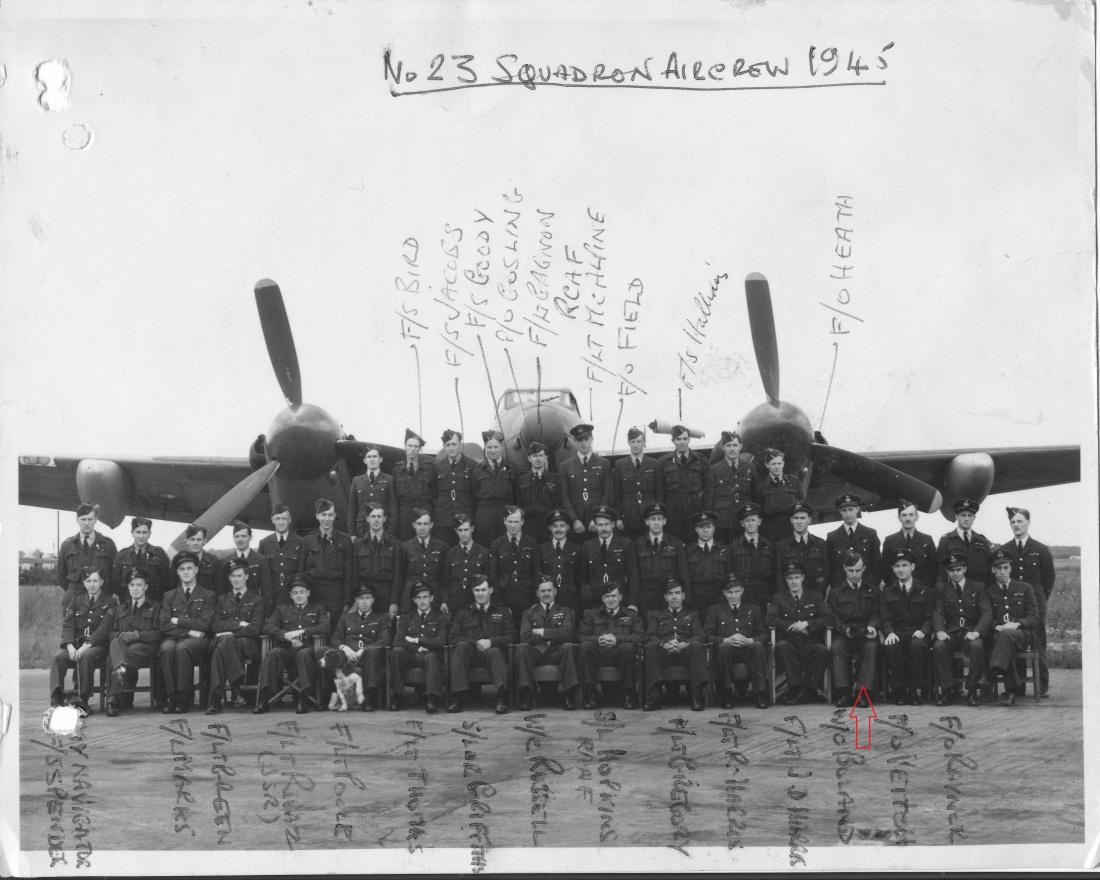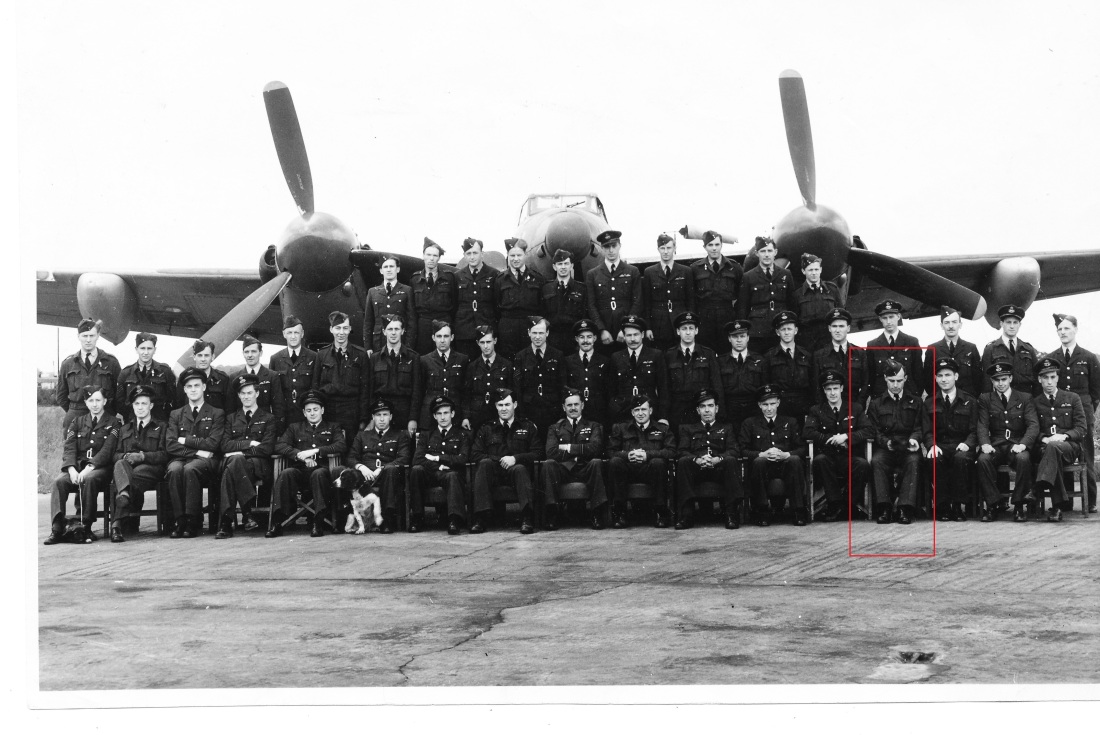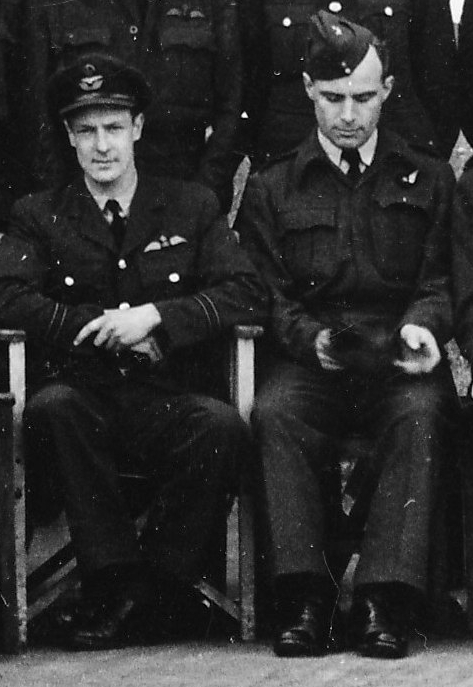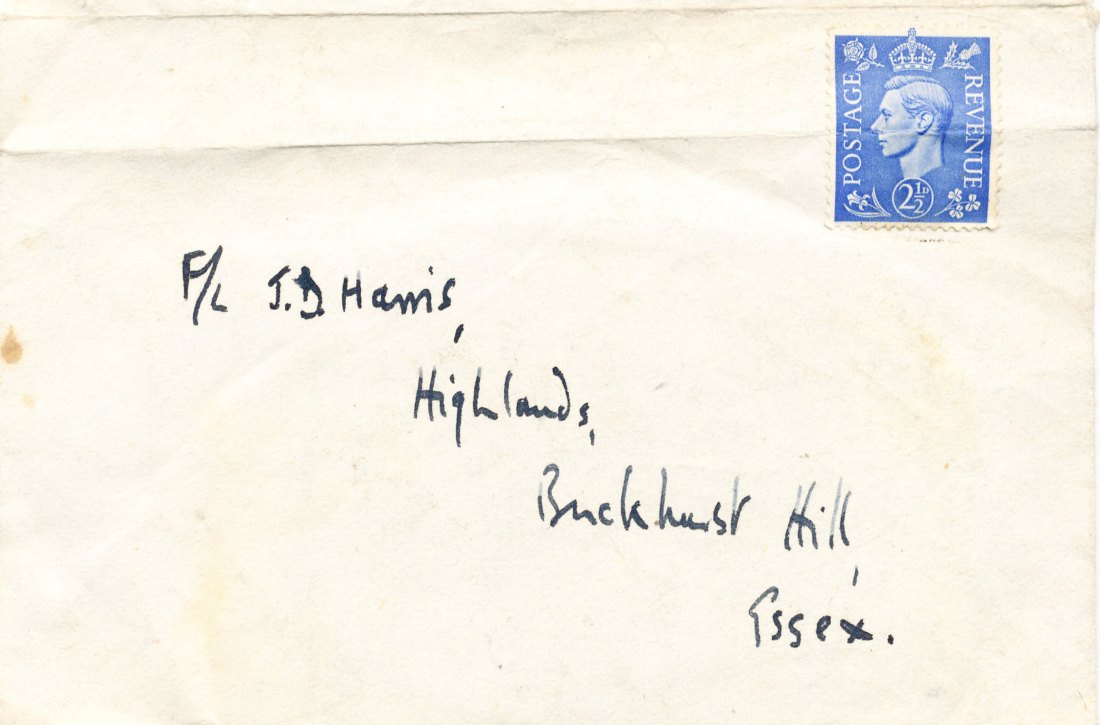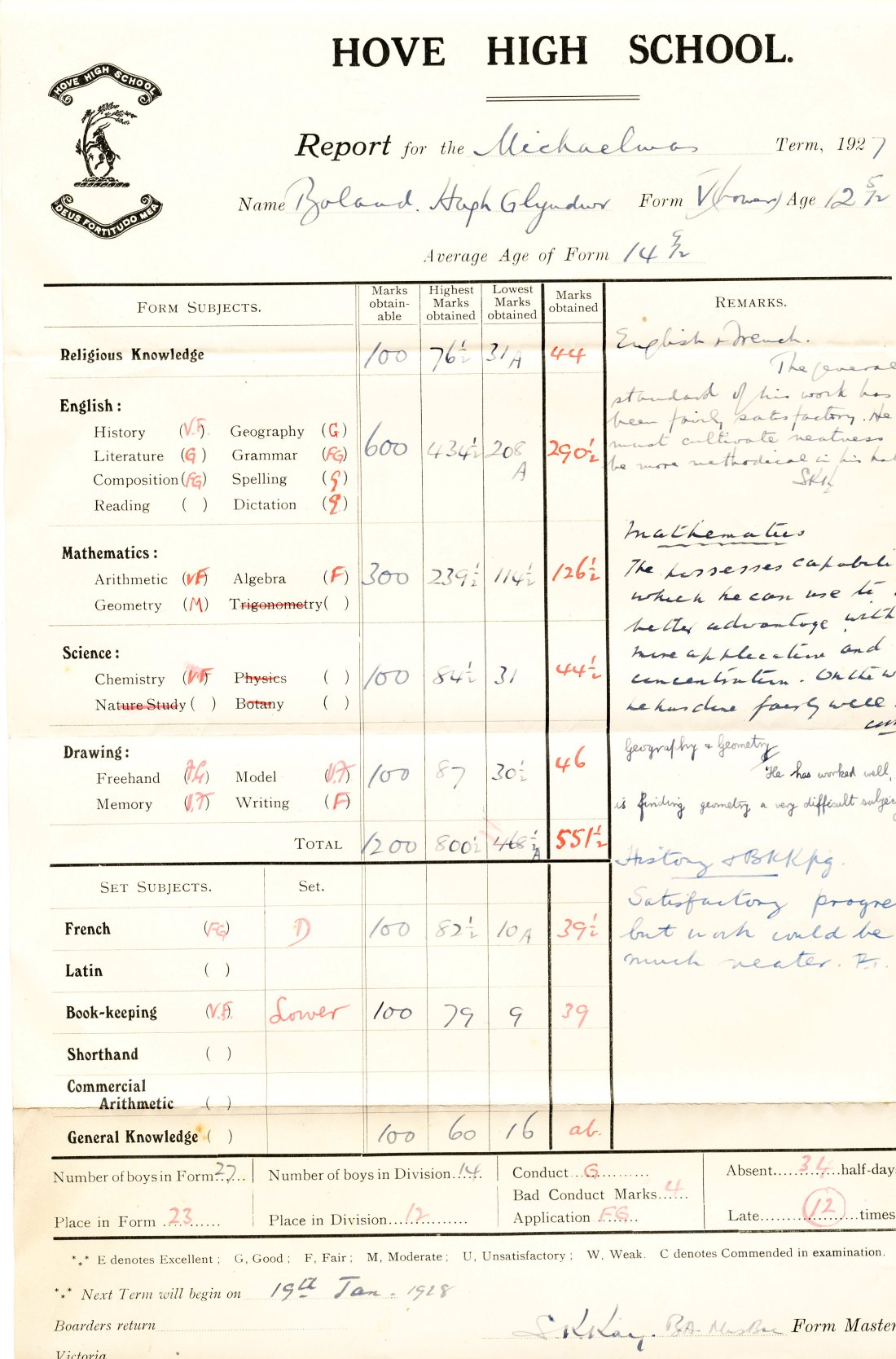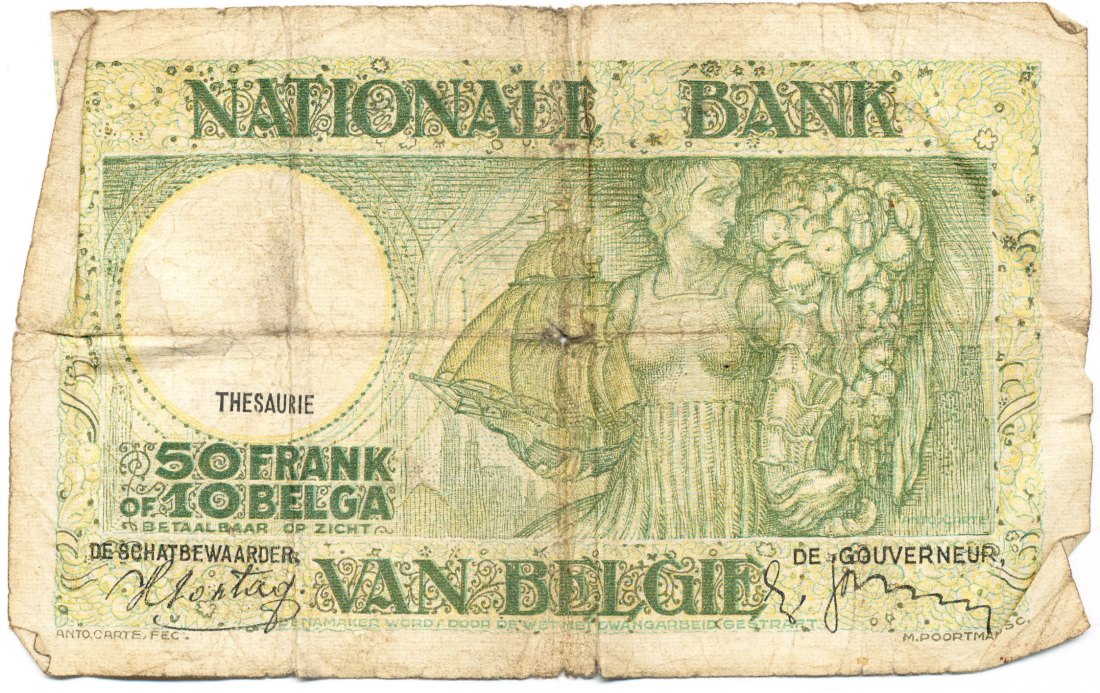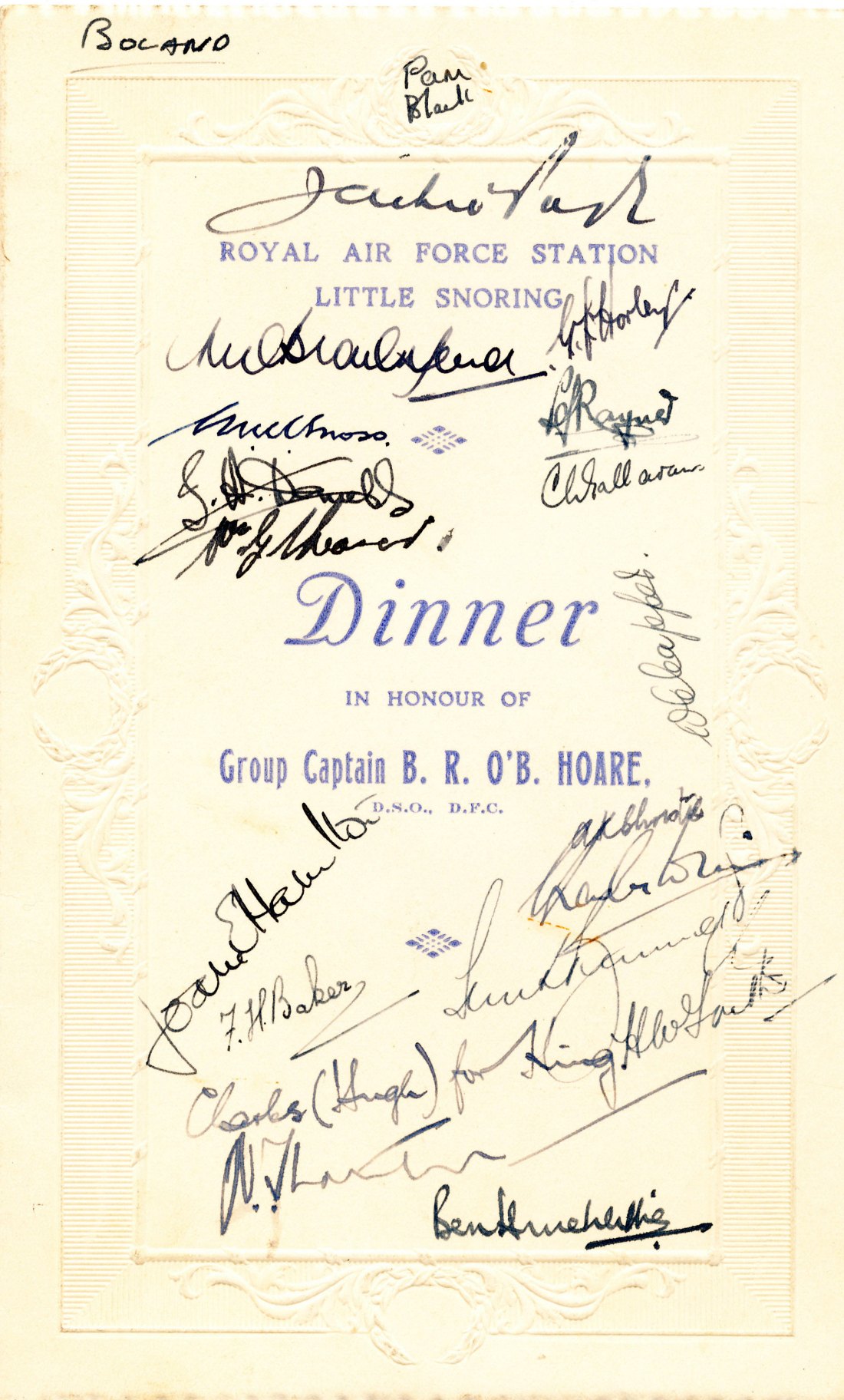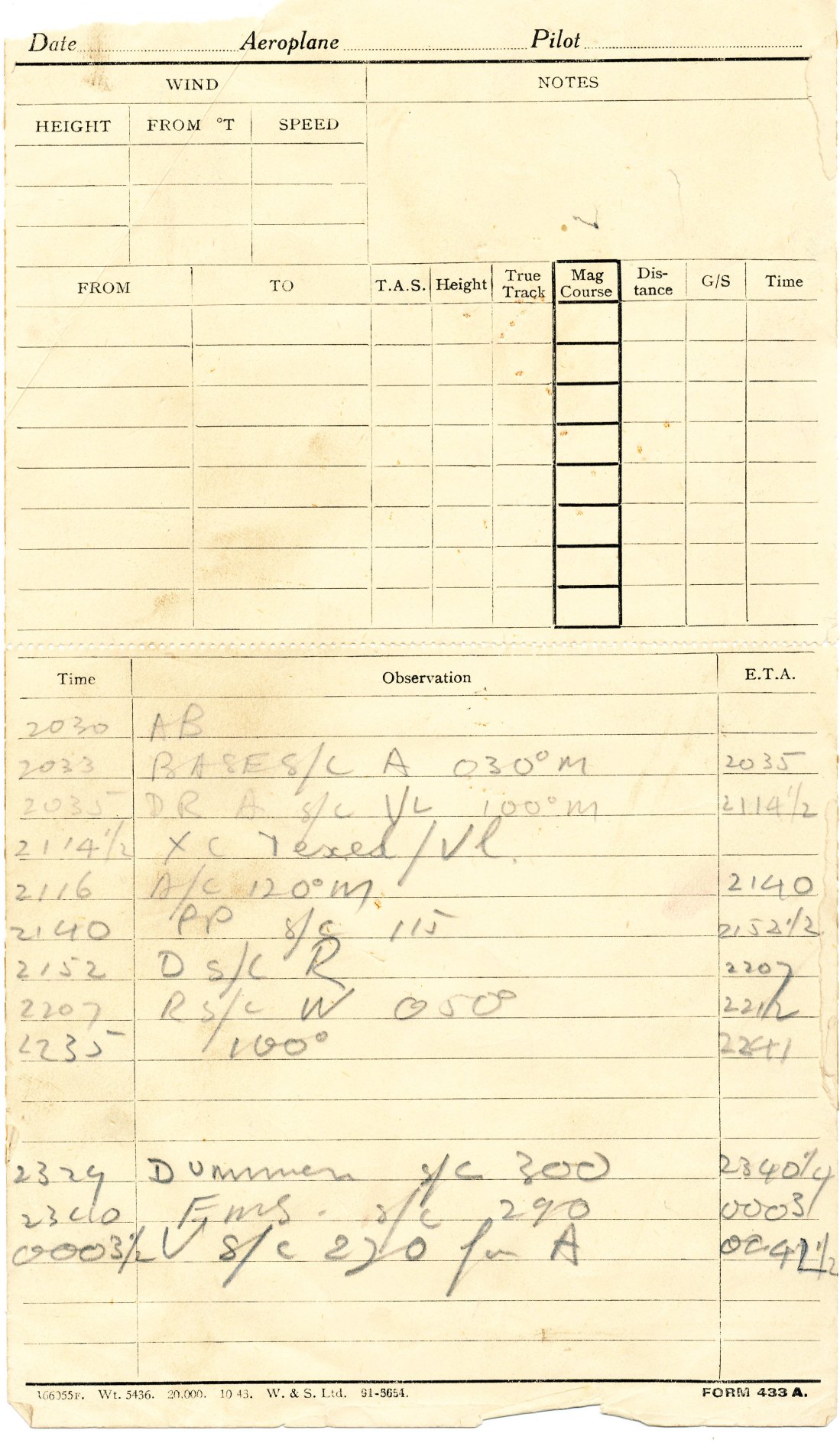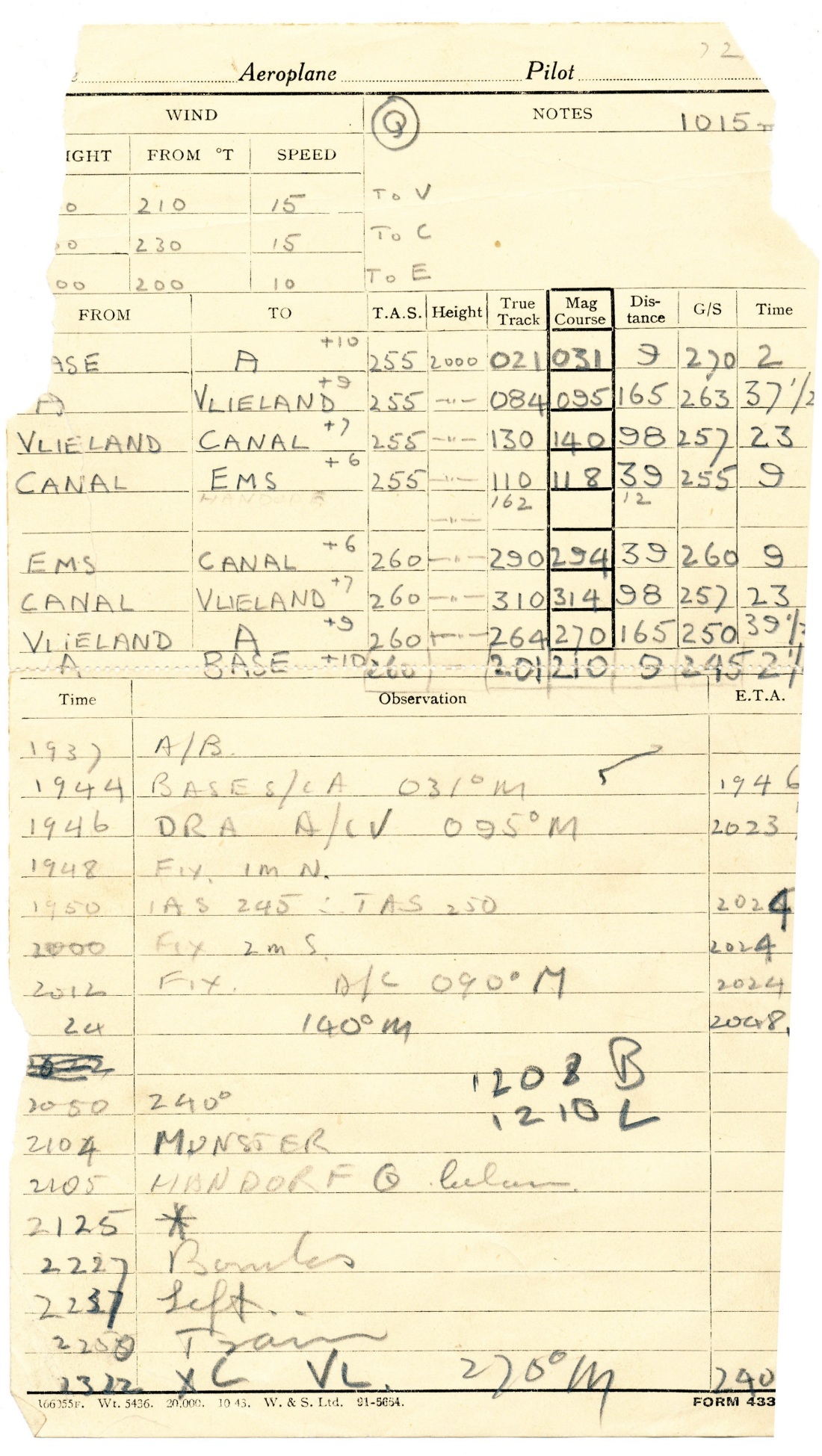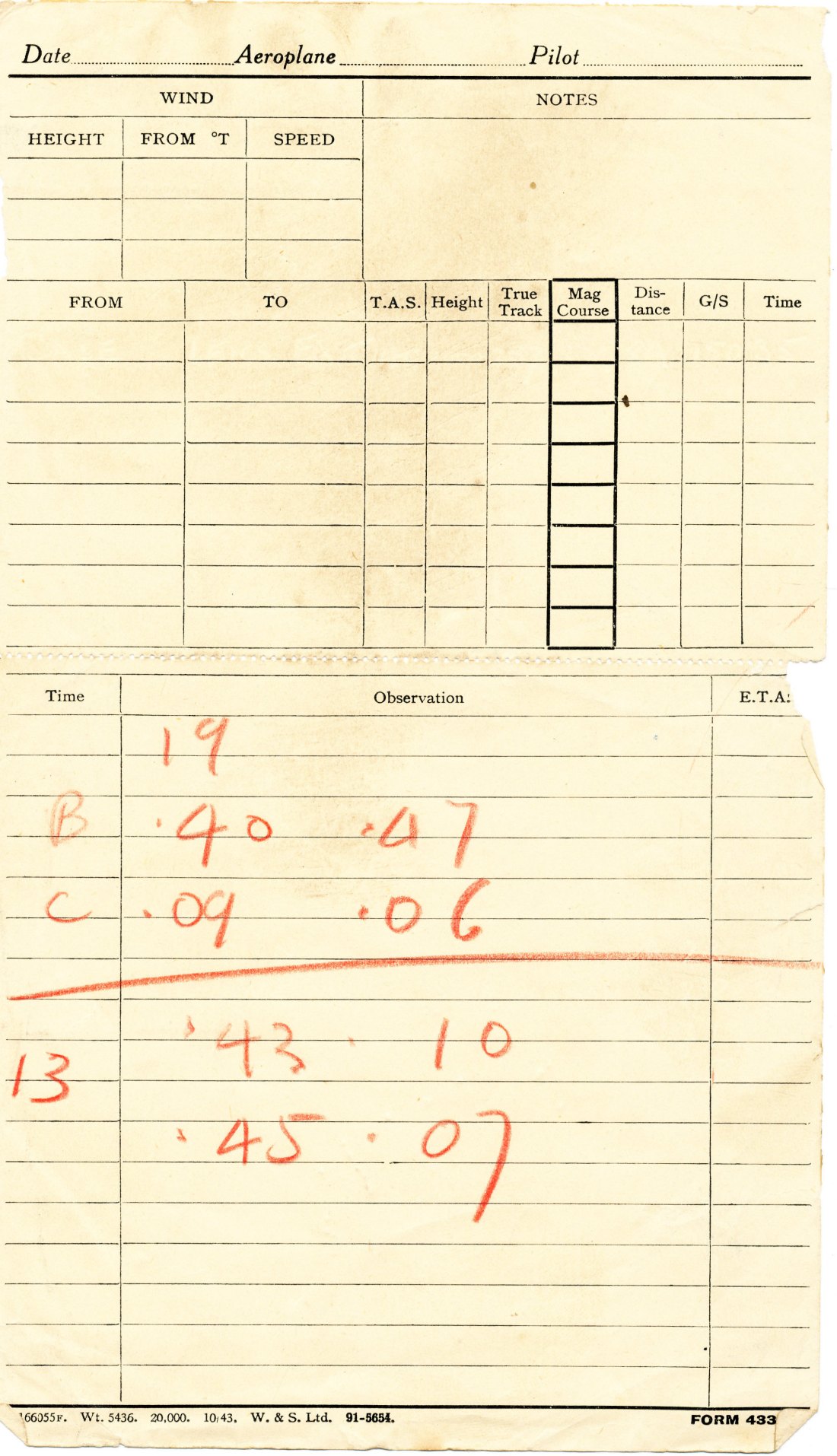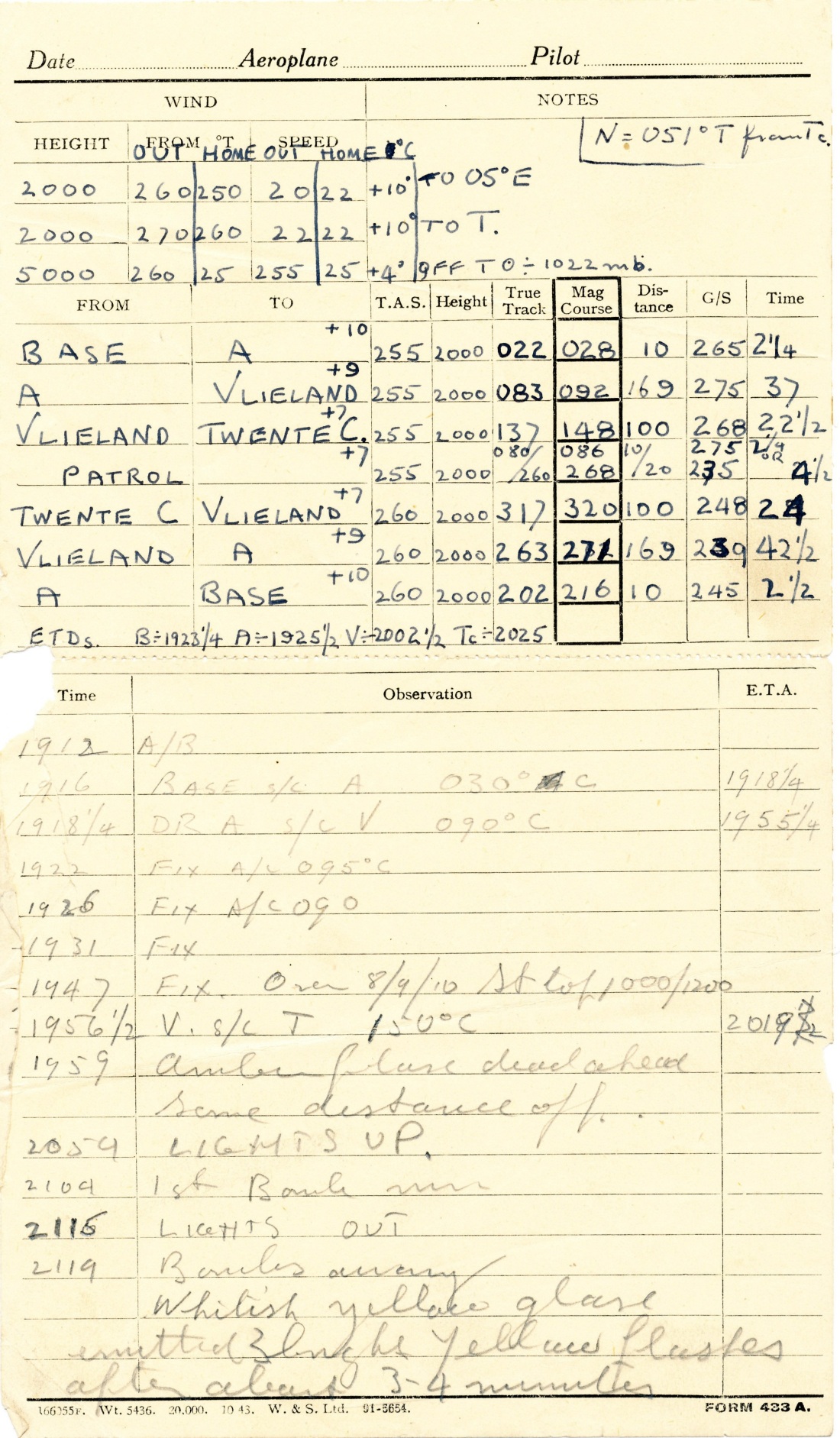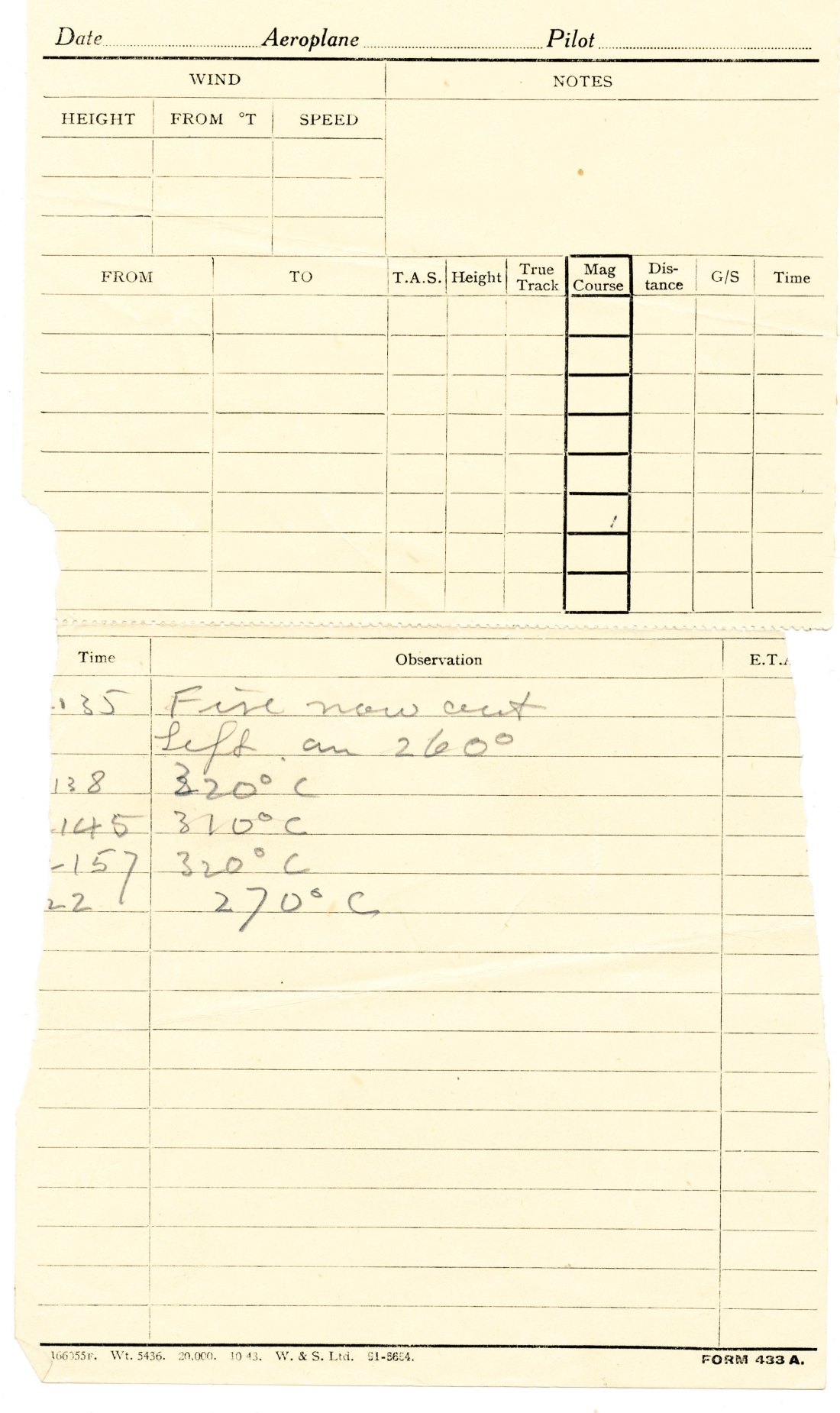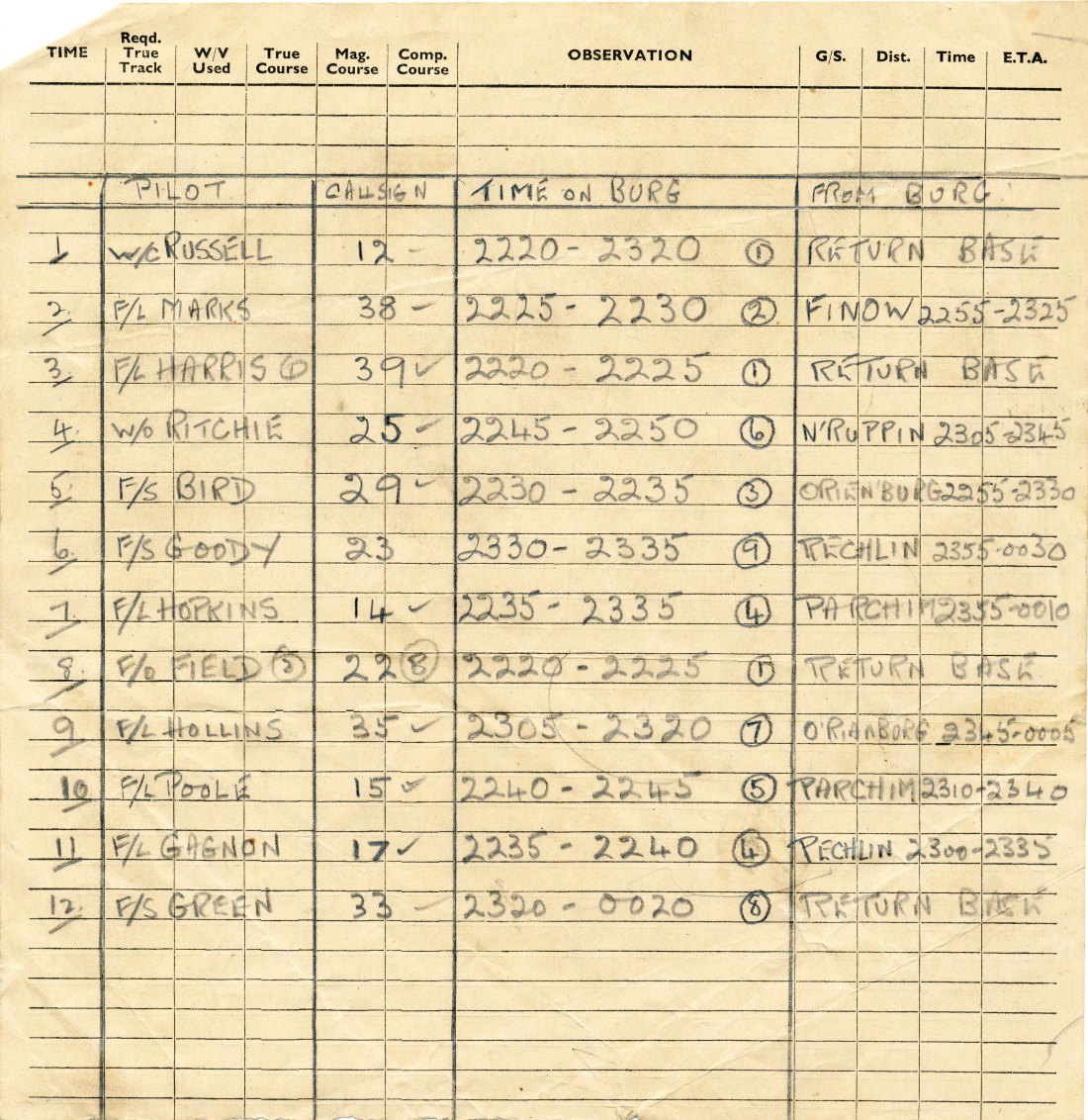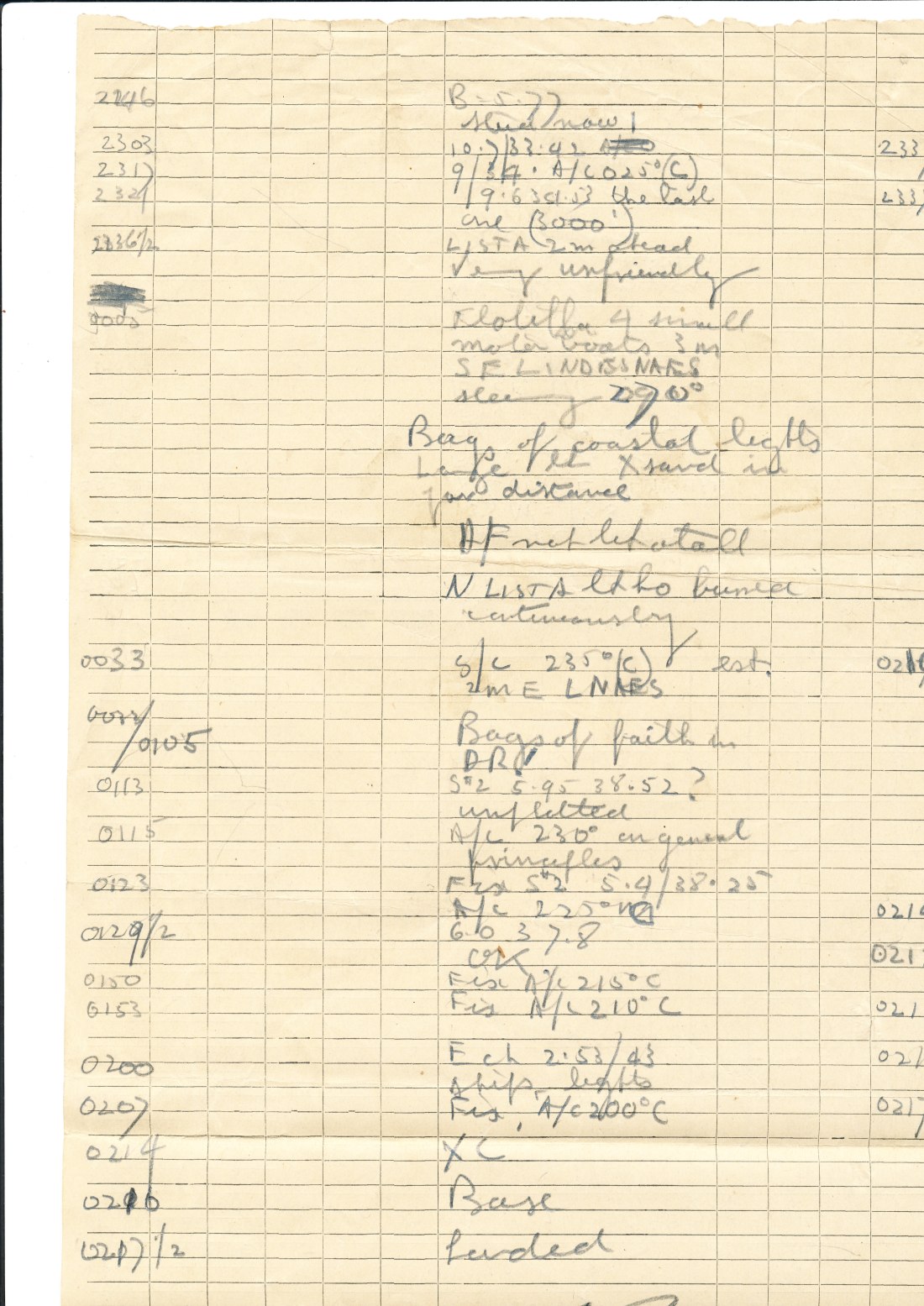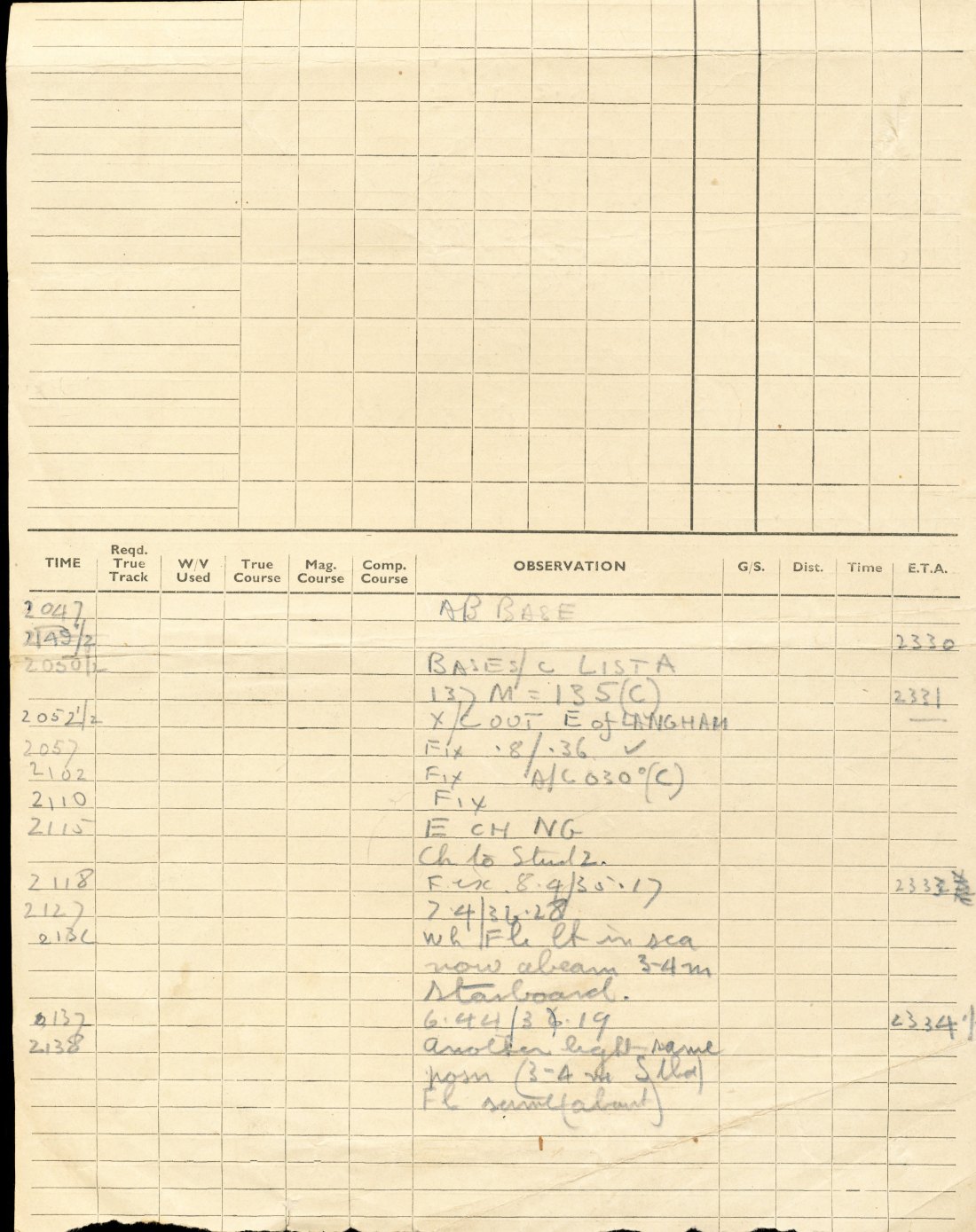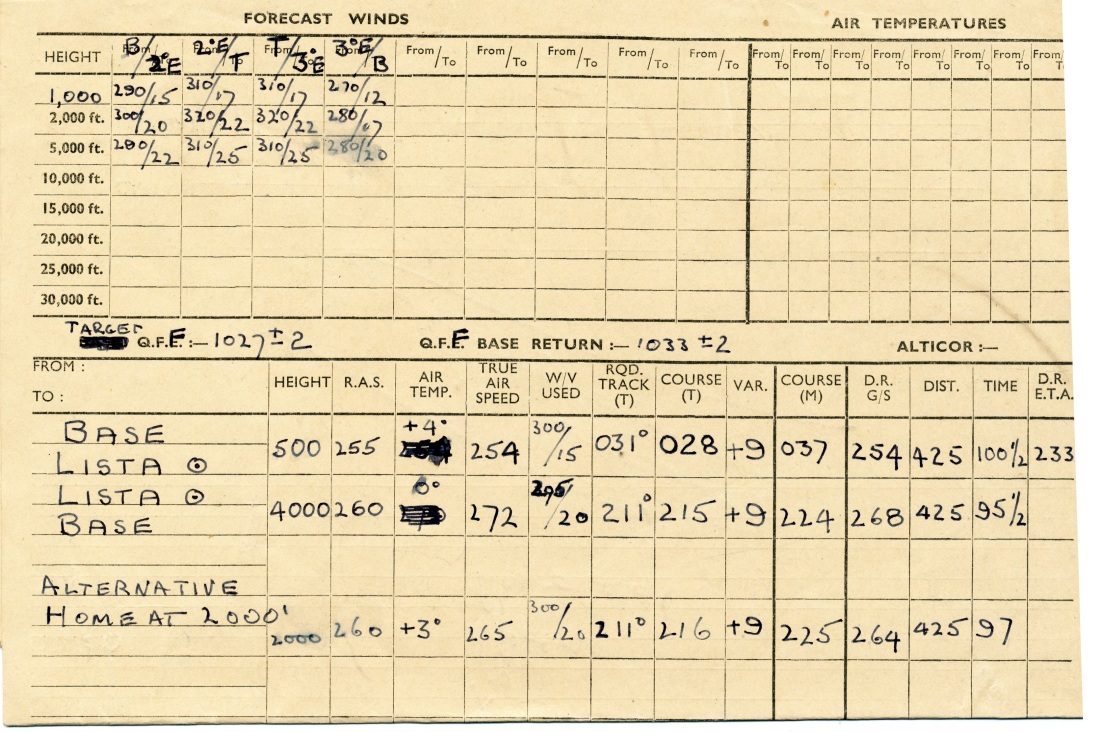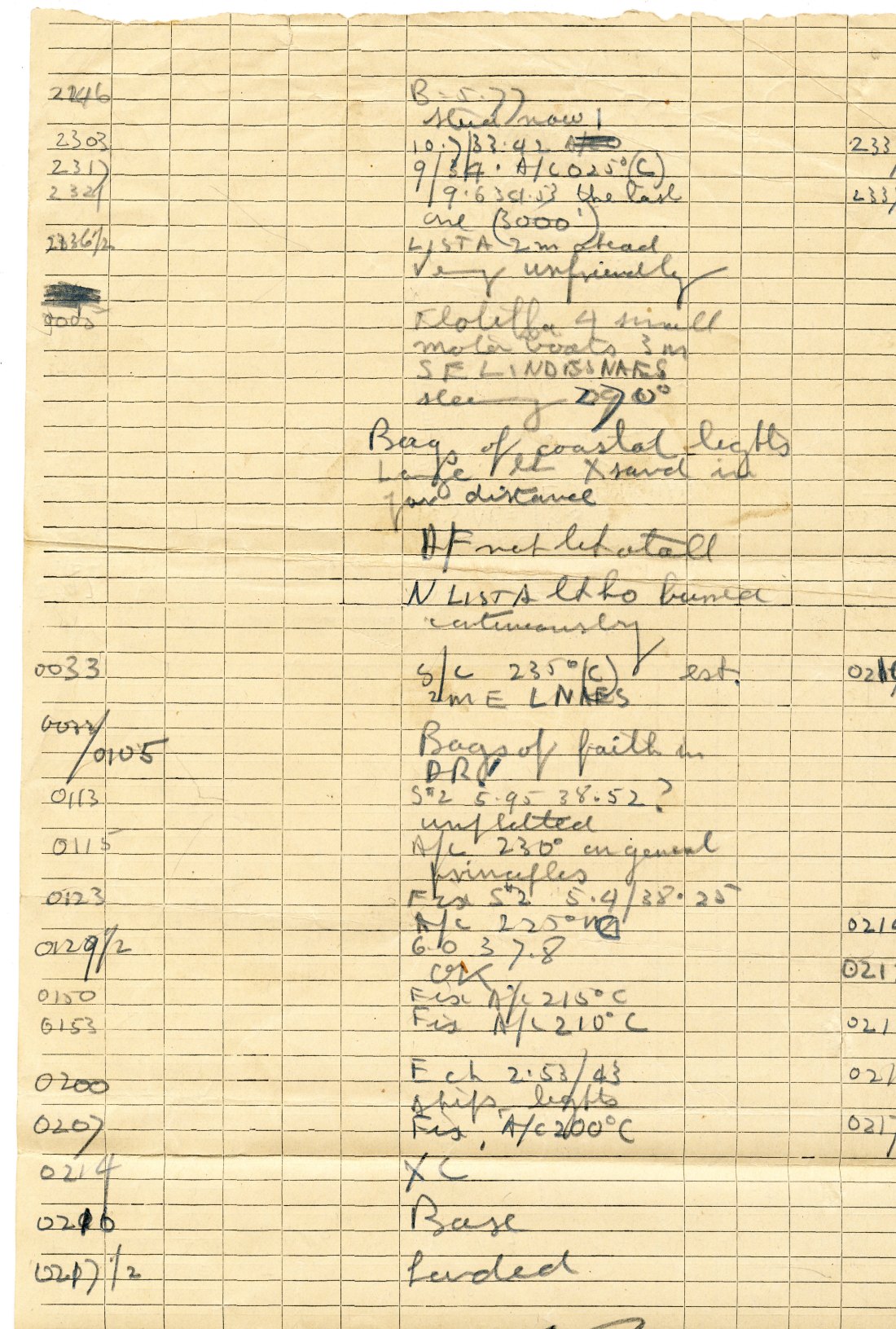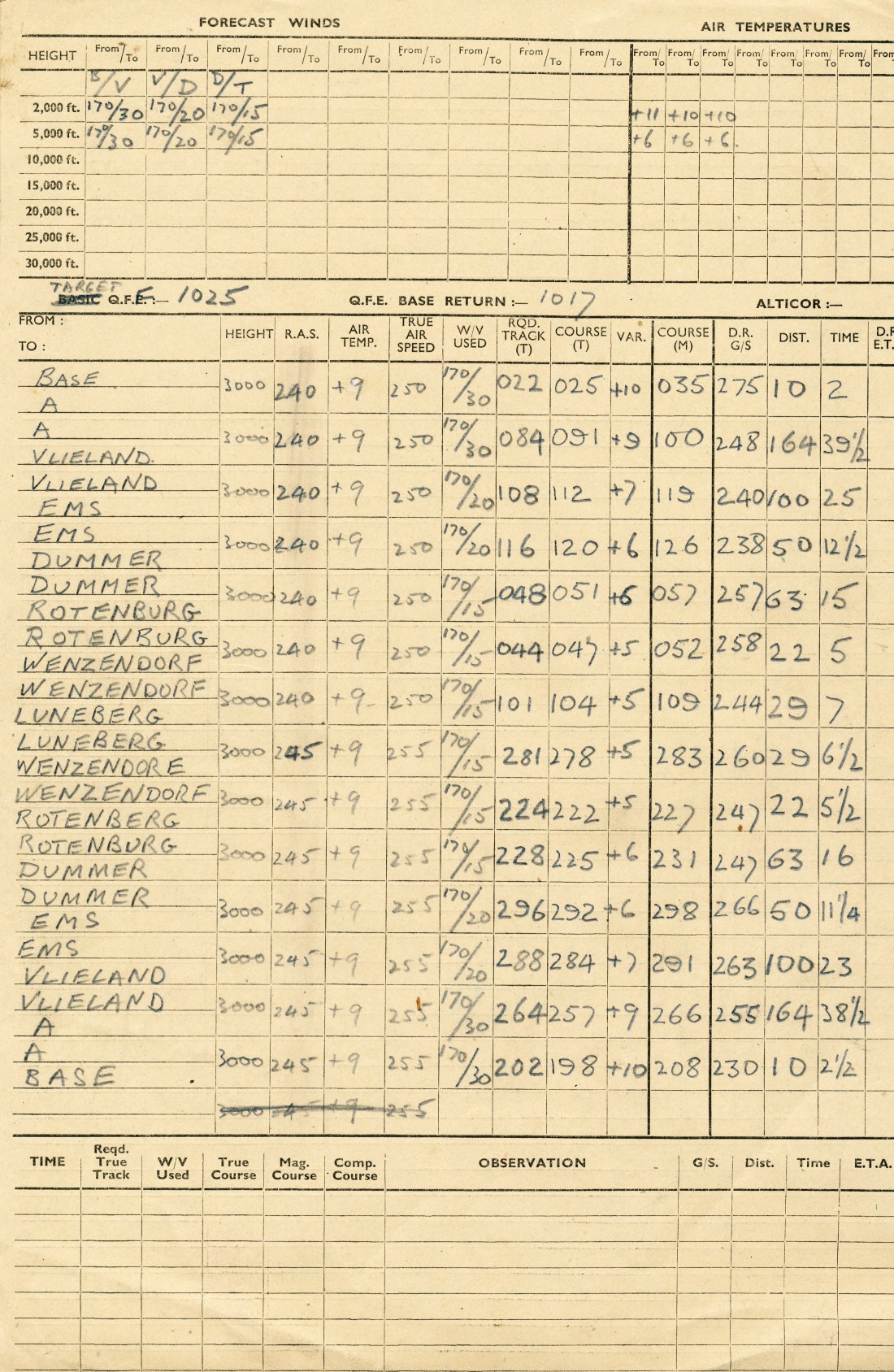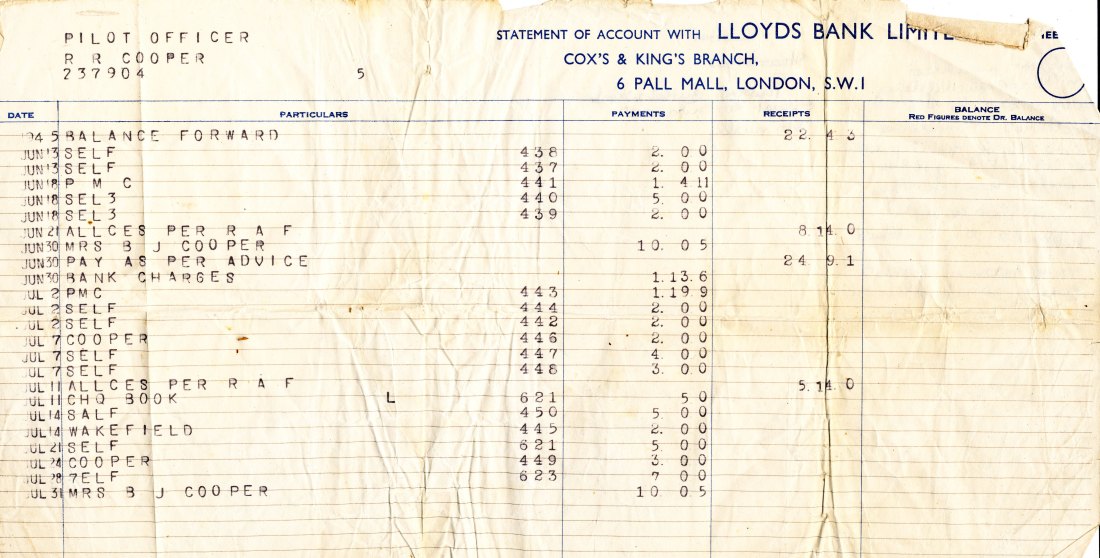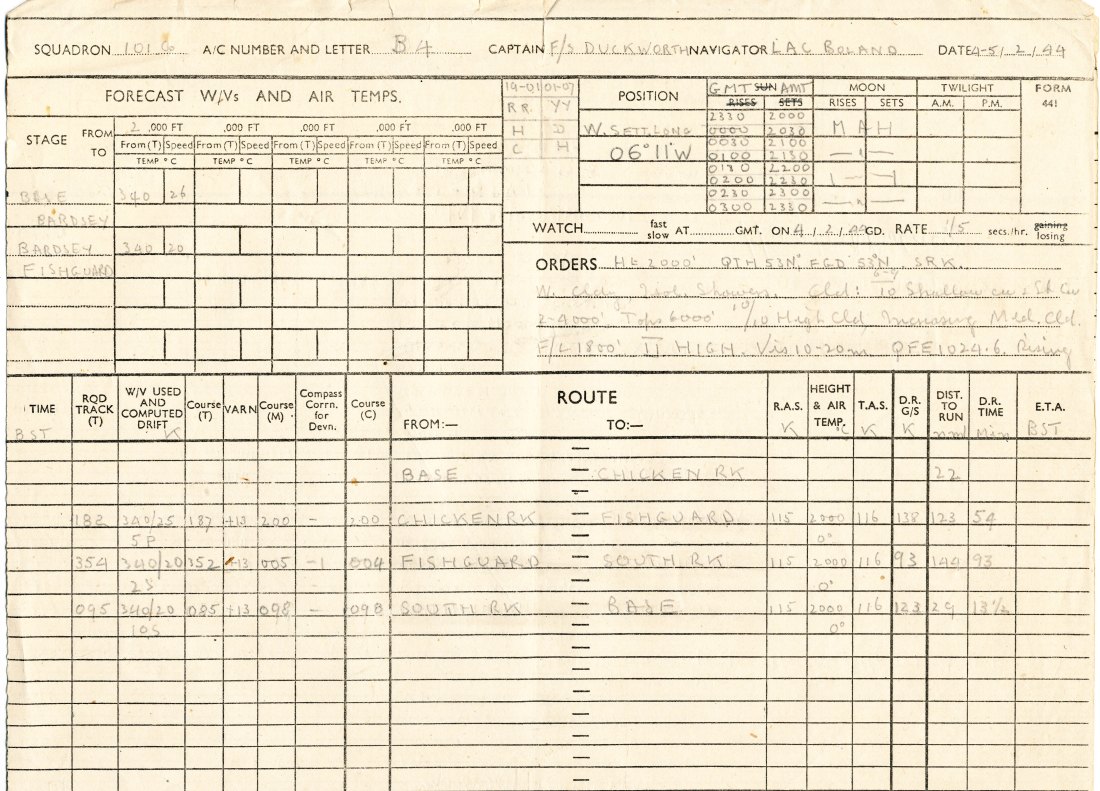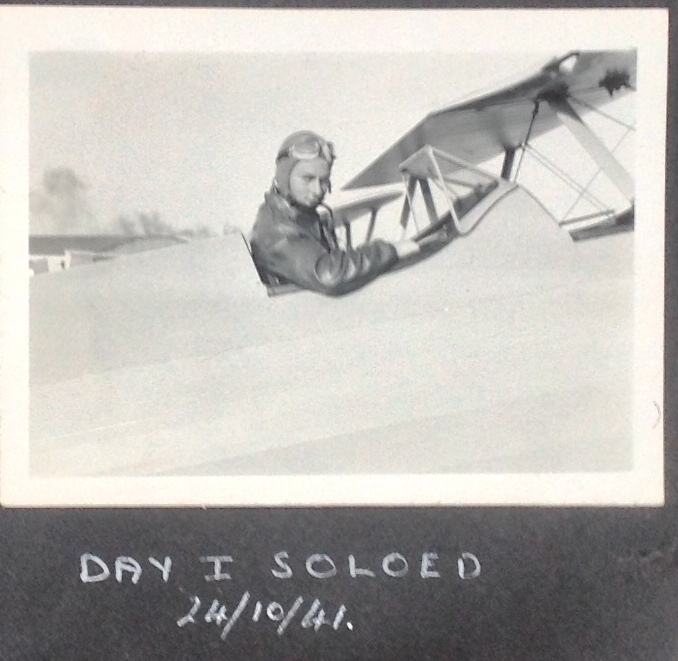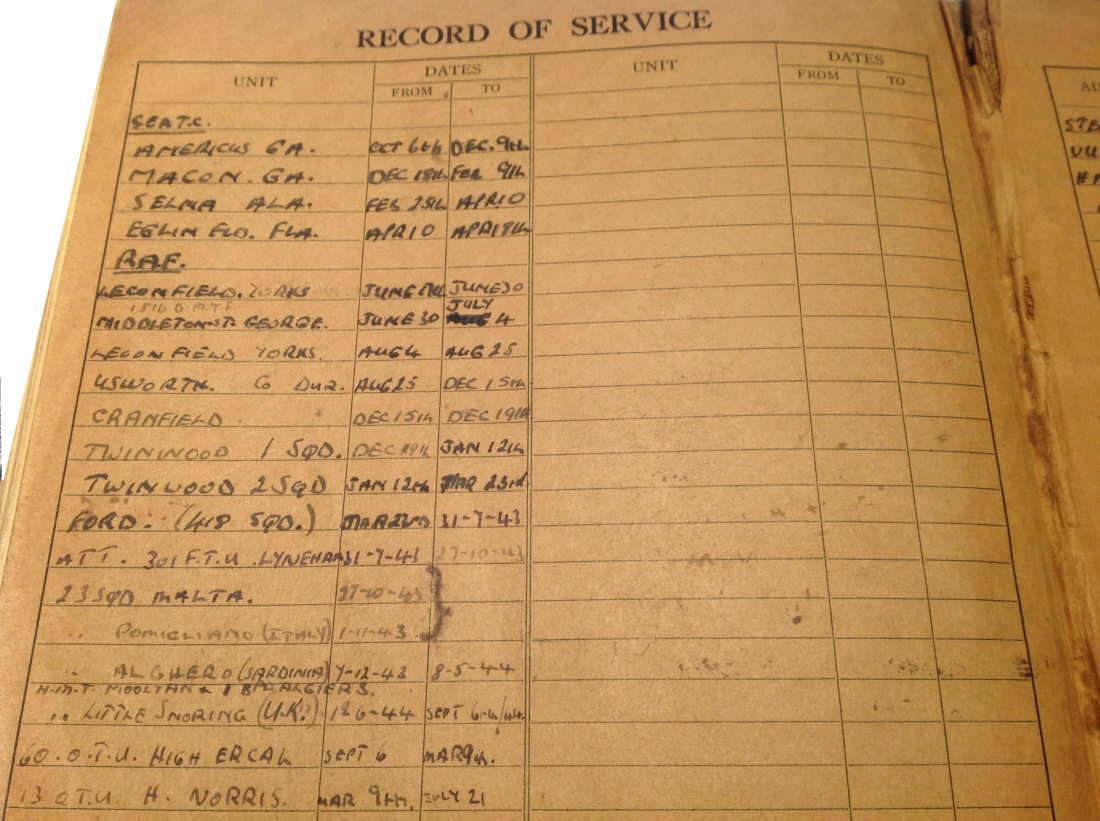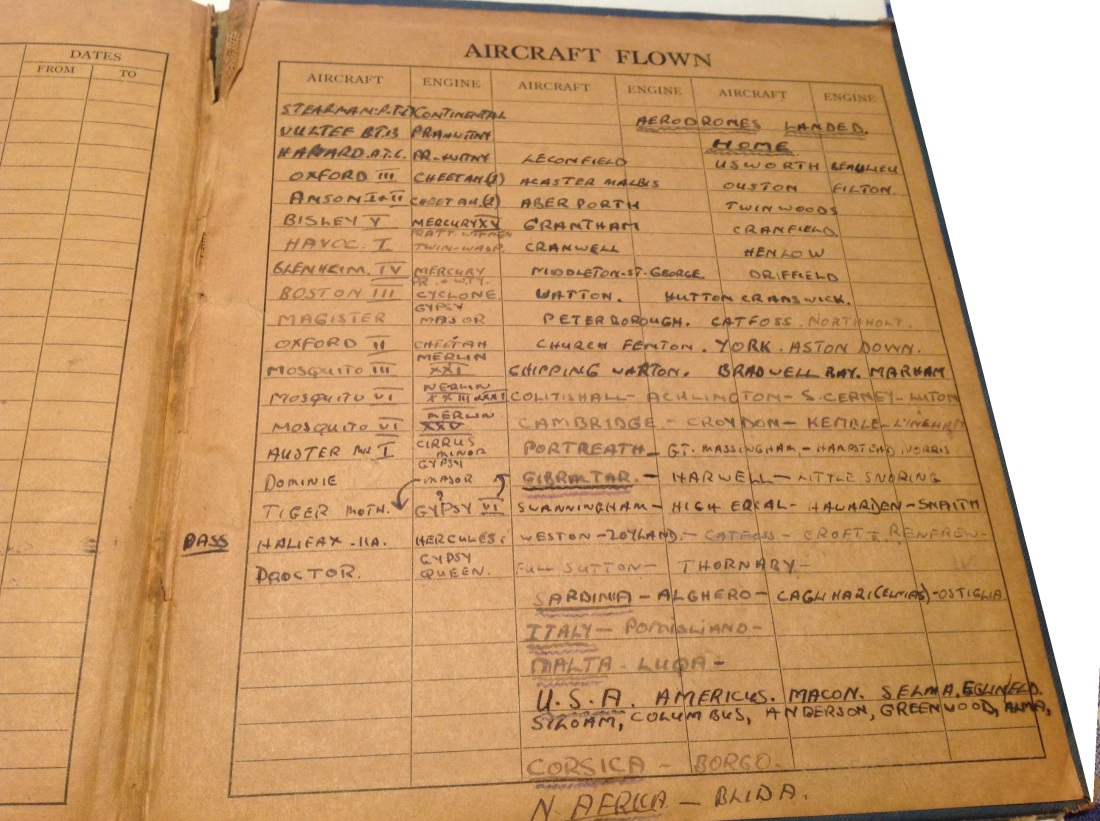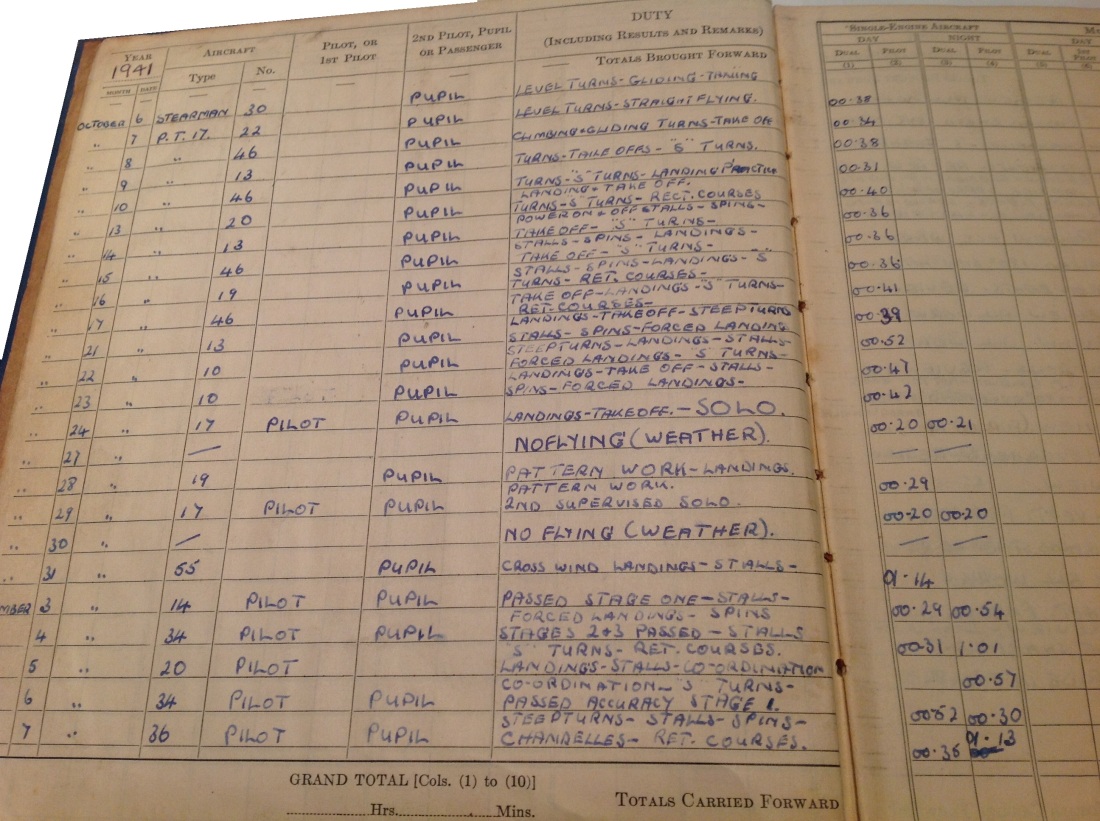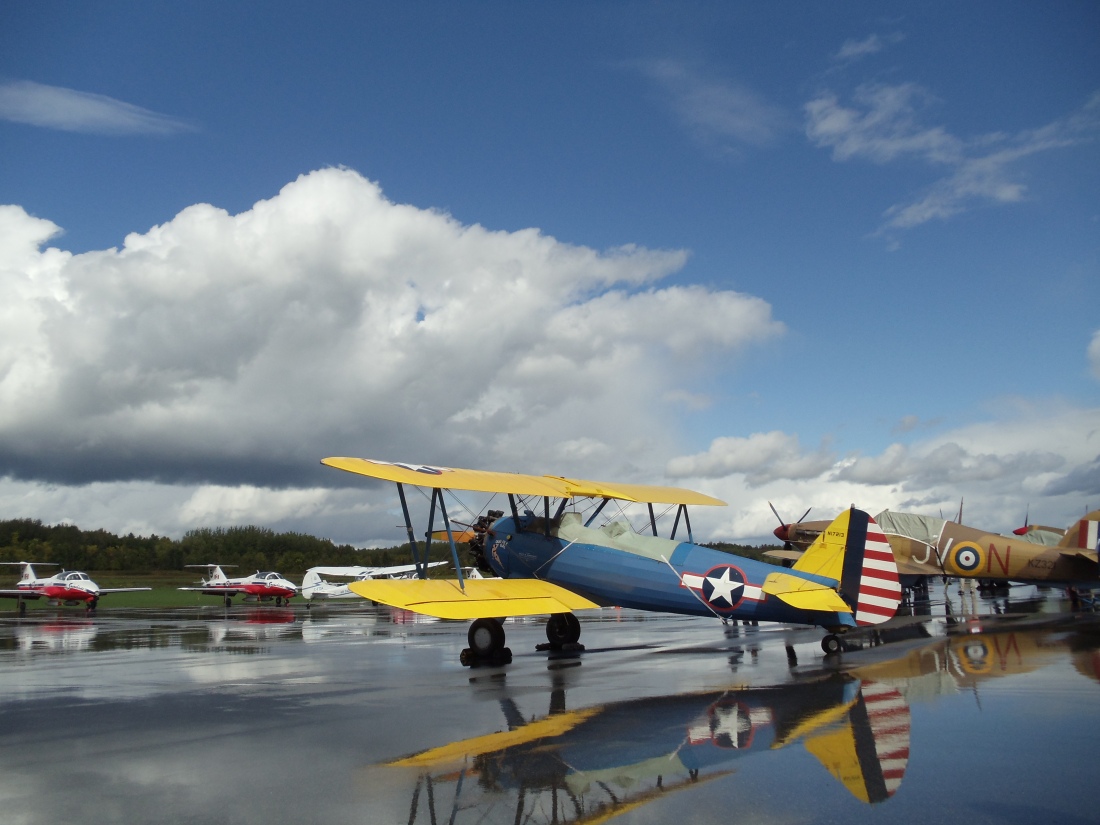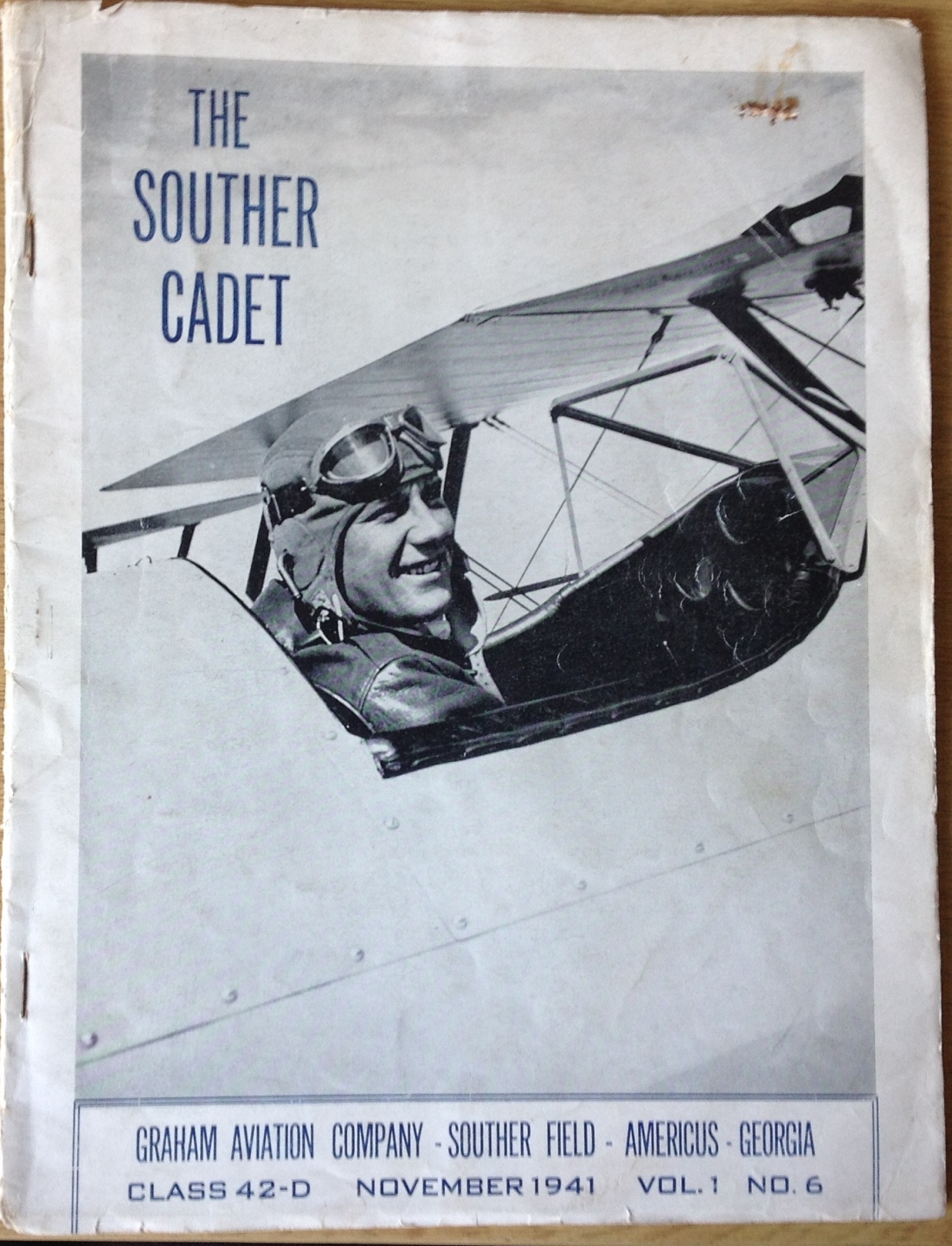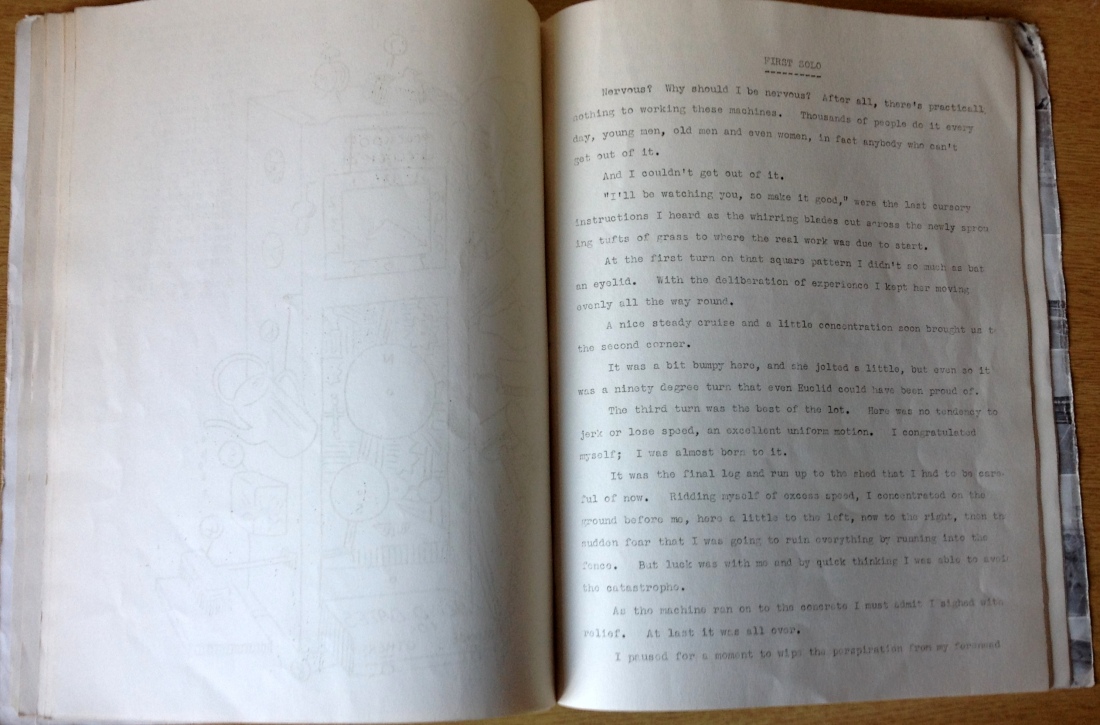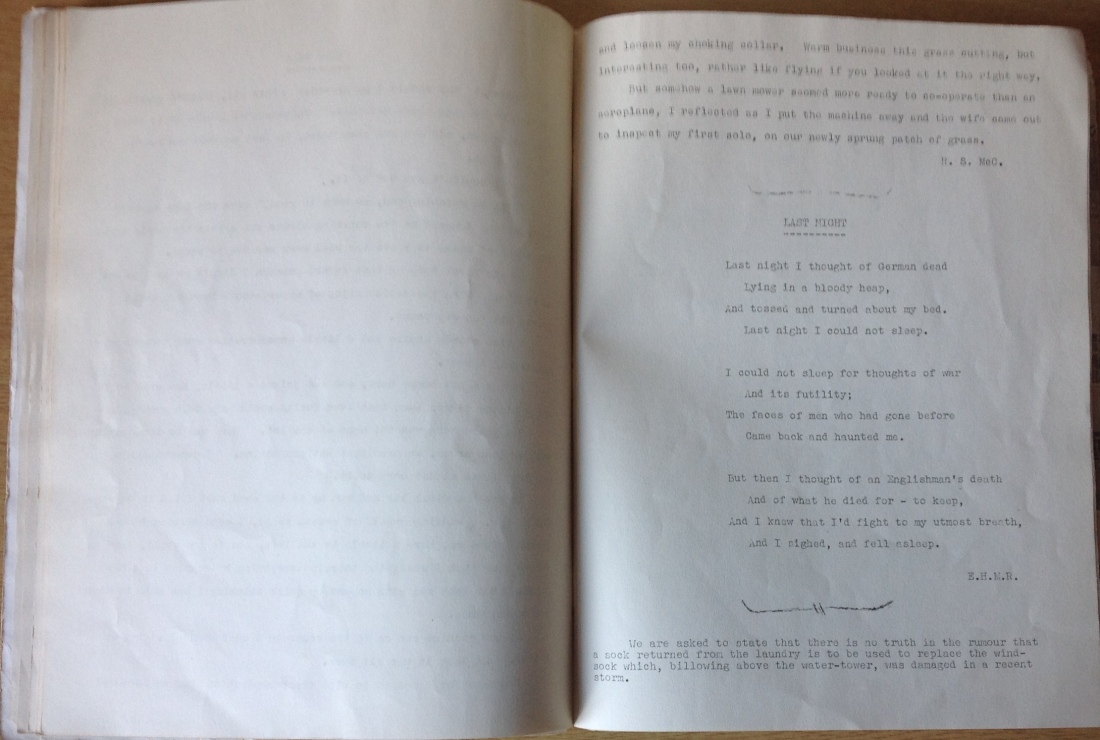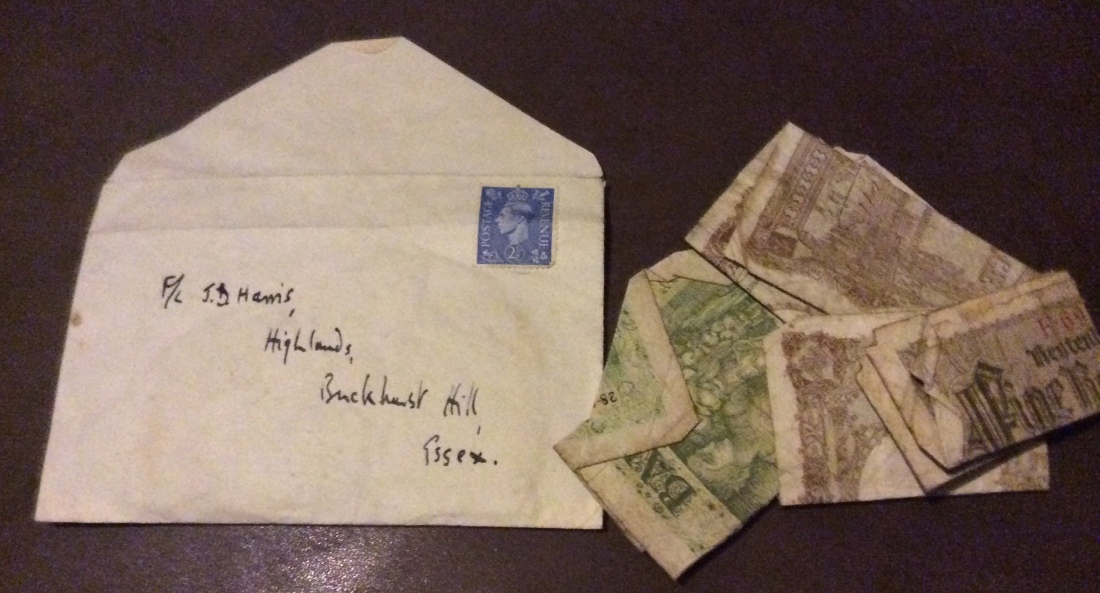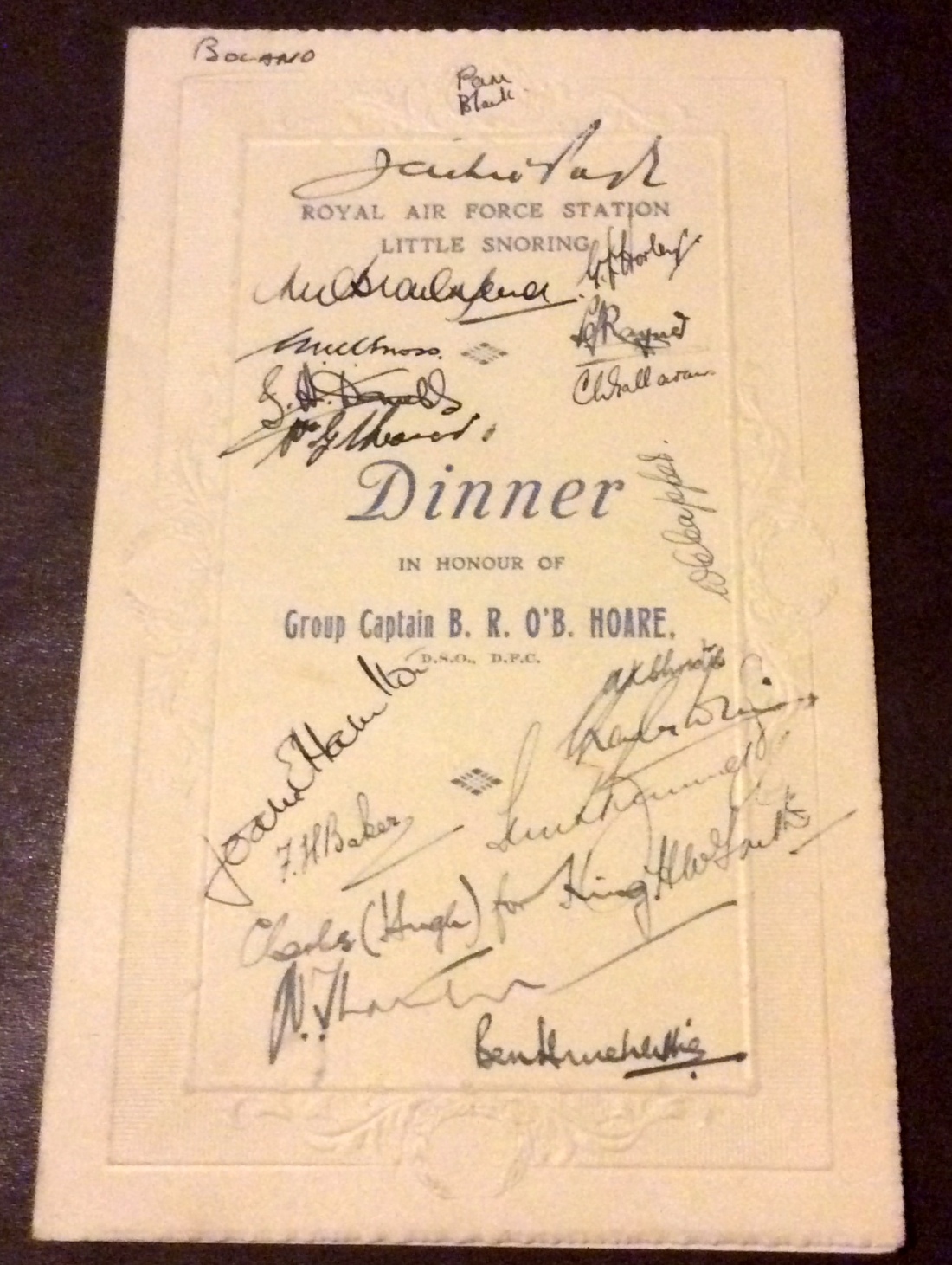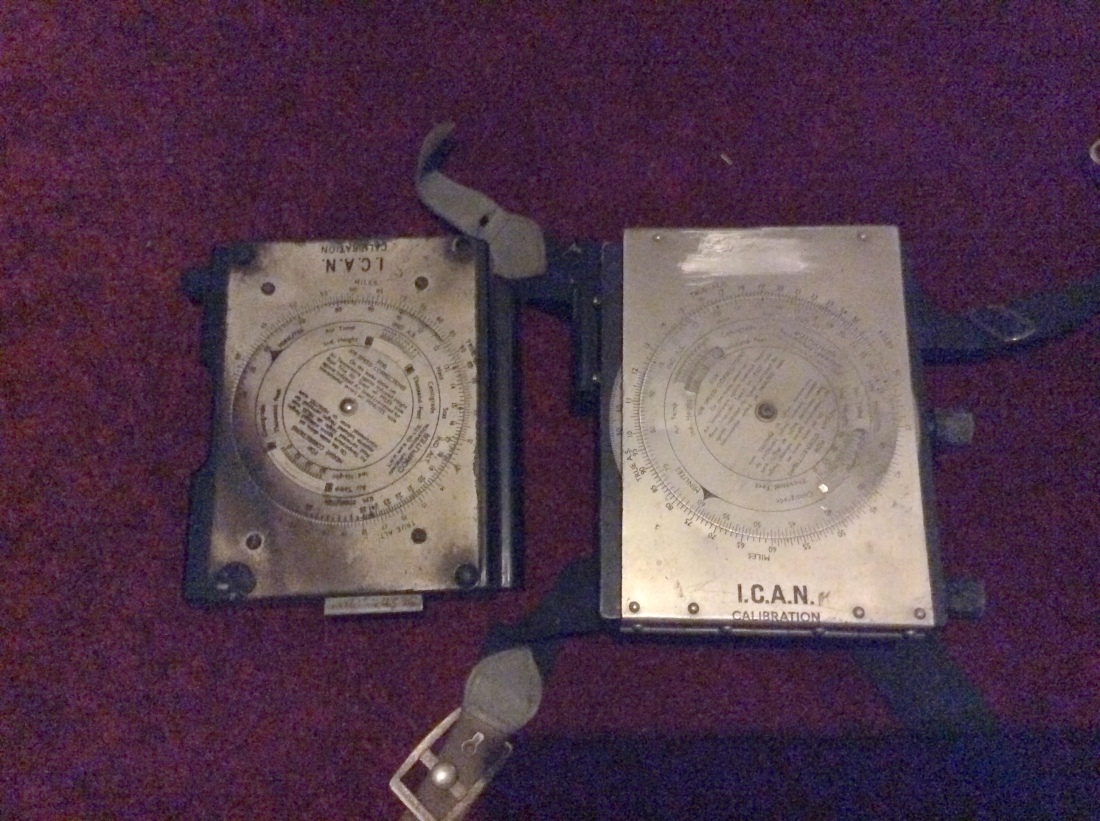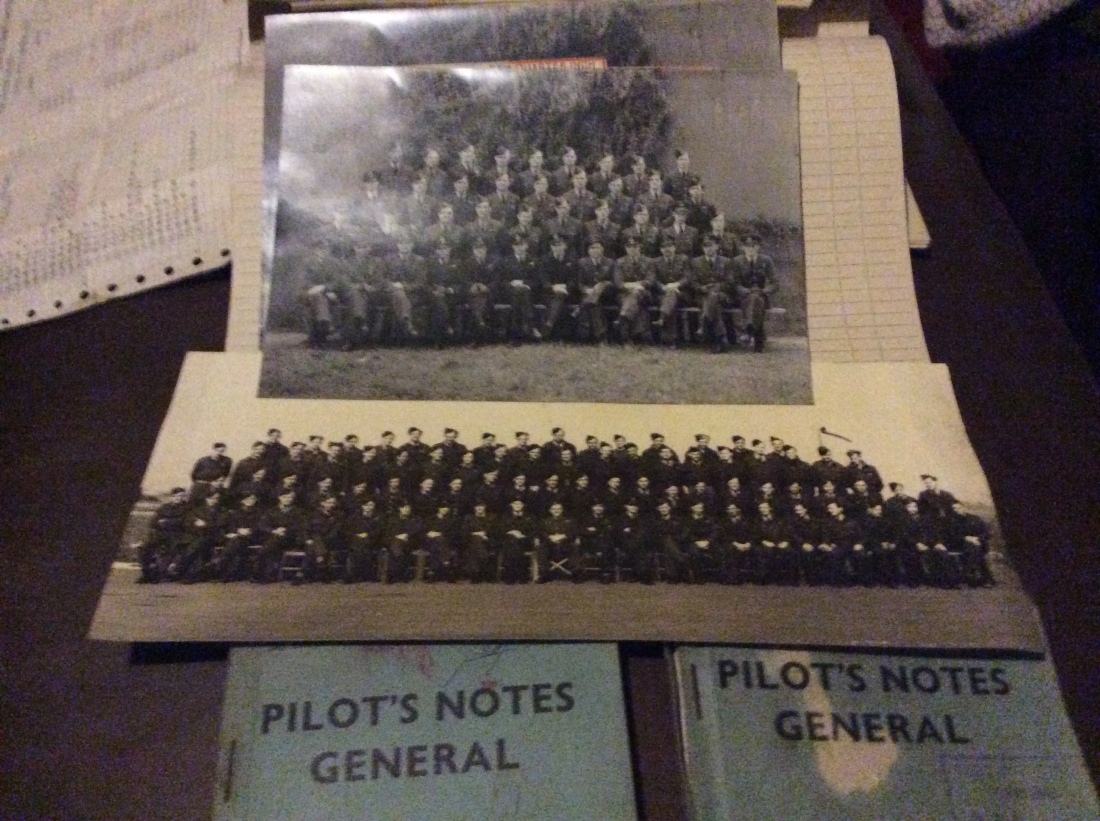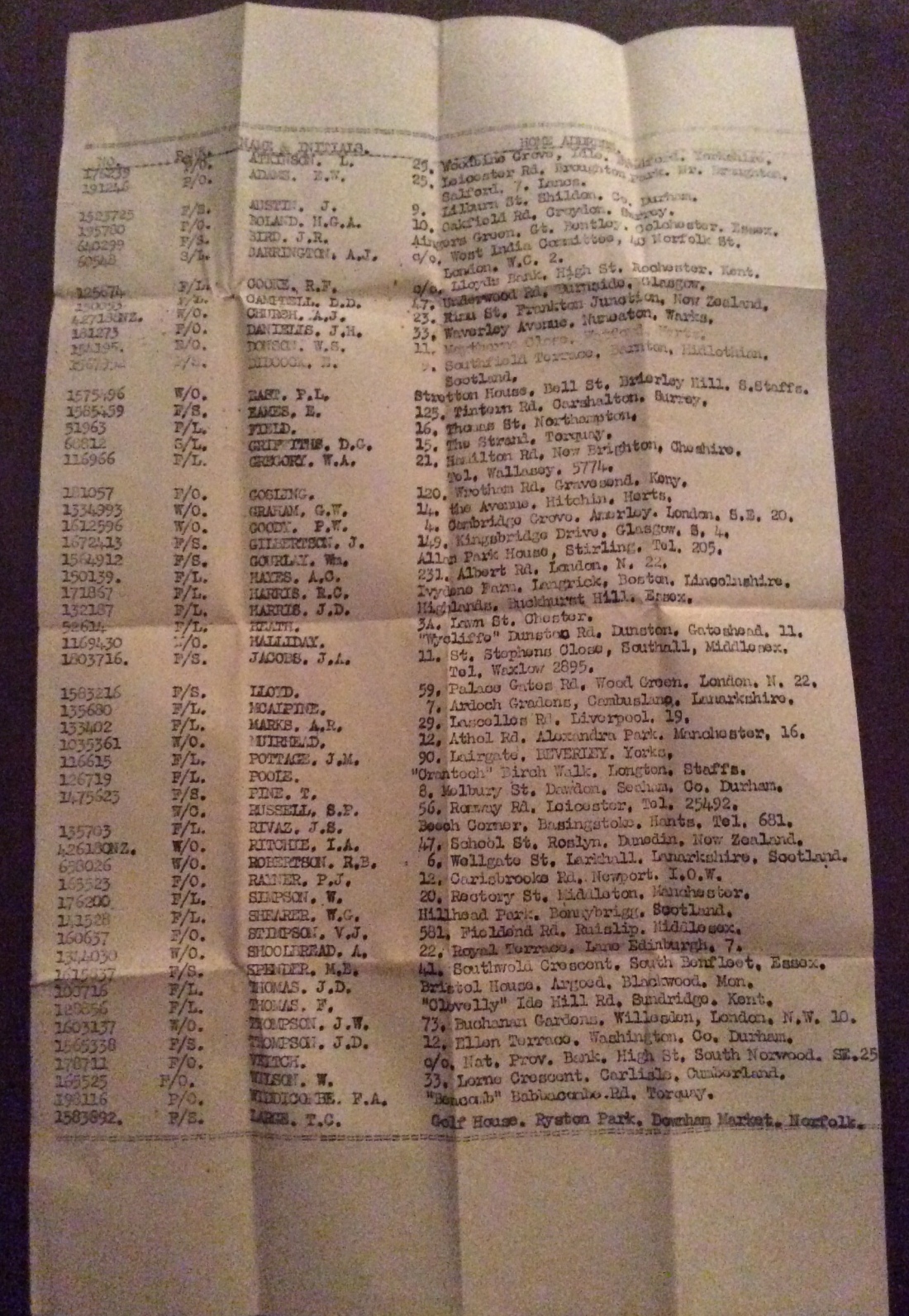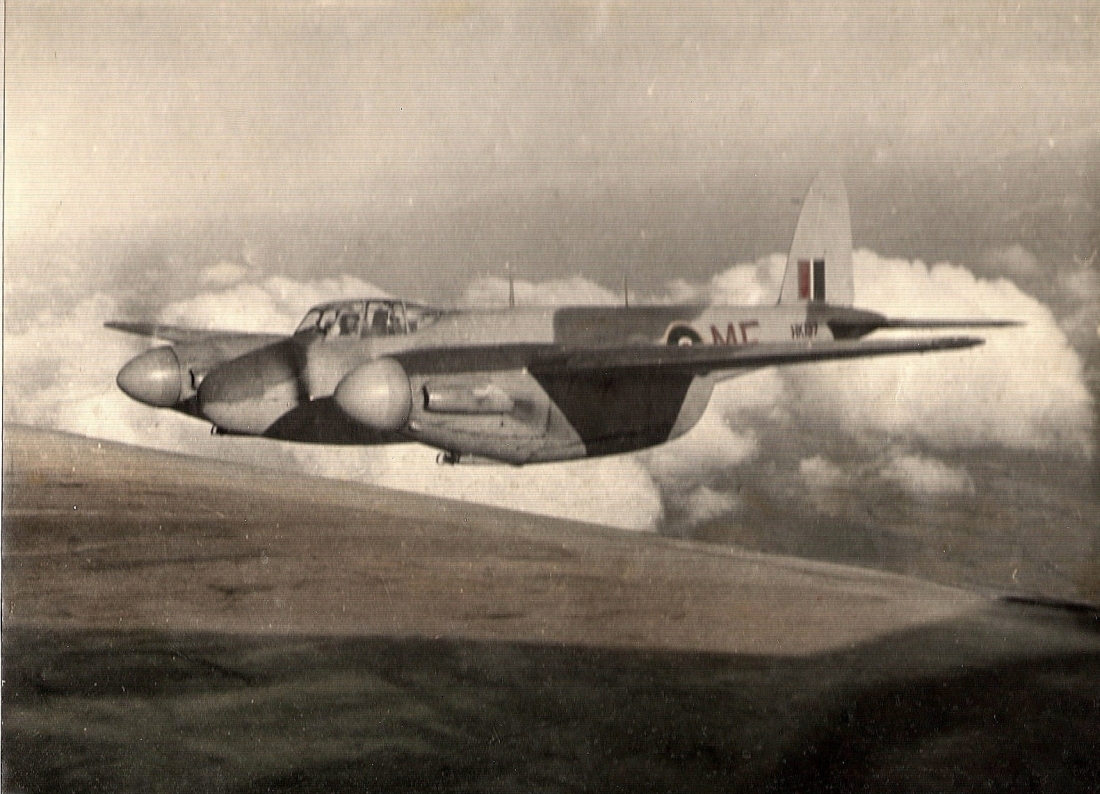Updated 28 August 2023
Each artifact I posted a picture of yesterday is important. We all know by now that Hugh Boland had no fear.
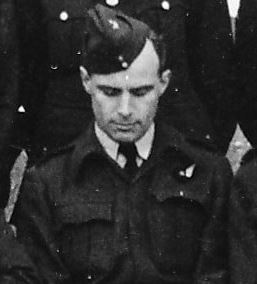
This is what is written in this book.

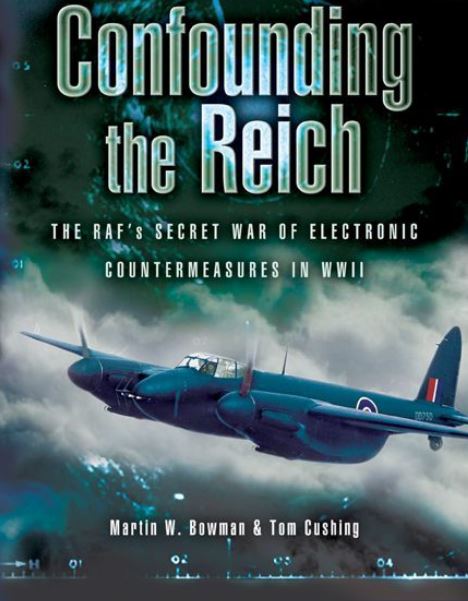
This is the post I wrote back on June 6, 2012… It was about Cricket, a call sign used by 23 Squadron.
This is what I wrote.
It’s about Cricket 23. I did not pay that much attention to the Cricket call sign. George shed light about it on this post.
This is what I wrote later about another crew brought to life with this artifact which indicates that Boland’s Mosquito was Cricket 39.
I was about Cricket 23.
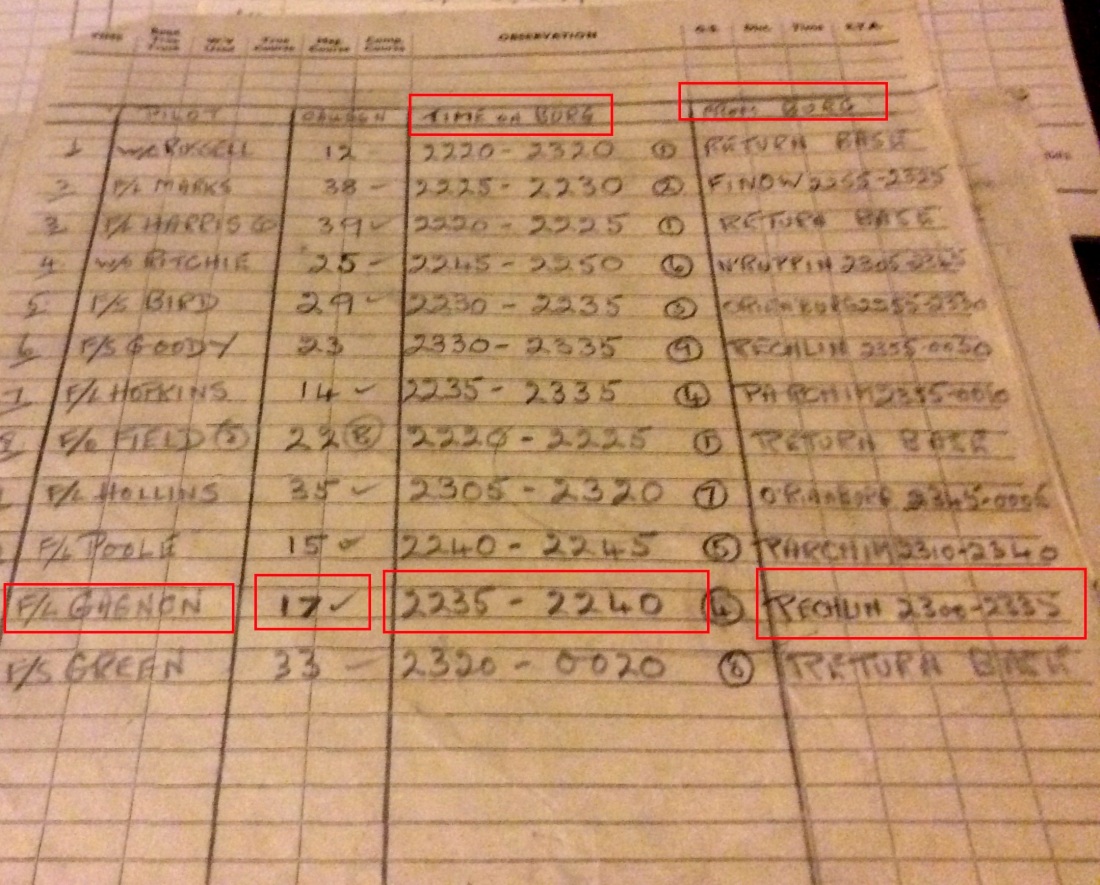
This is a good time to remember the valiant ones who served in World War II. Tim Dench is sharing Bill Goody’s account of a raid on Munich Riem.

Courtesy Tom Cushing via Peter Smith
Munich Riem Raid – 25 April 1945
The following account was dictated by Bill Goody to Tim Dench in 1977. At the time, Bill was a much loved officer of 97 ATC squadron, and I was doing a school project on the Mosquito.
It was decided that No 23 Squadron being experienced in the low level intruder role, and flying their Mosquito MkVI aircraft with Merlin 25 engines, would act as “Pathfinders” in that they would navigate precisely to the airfield and go in first to the attack dropping their 80 x 4lb incendiary bombs which would burn with a vivid white light to mark the area where the normally high level Mosquito Mk XXX’’s with their Merlin 76 engines would make their own low level attacks lobbing onto the incendiaries their 100 gallon drop tanks, 1 to each wing rack, filled with petroleum jelly (Napalm) to effect maximum damage to the parked enemy aircraft.
Mosquito YP-N flown by Flight Sergeant Goody took off from Little Snoring airfield in Norfolk and followed the prescribed route. The weather was clear with very little high level cloud and the moon was quite full, not ideal weather for low level operations as flak gunners on the ground with light anti aircraft weapons could fire visually at the aircraft. The crew relied on the superior speed and maneuverability of the Mosquito to combat such defensive actions, but as these missions where never flown higher than 2,000ft above the ground the risk was always present of the aircraft being flown into the ground or striking trees, pylons or high buildings during this type evasive action.
The purpose of the low level operation was to allow for accurate map reading from ground features, rivers, lakes and railway lines etc, the task being made easier on the Munich Riem raid by good night visibility. “Gee”, a radar navigation aid was also used but mainly by the Mosquito XXX’s crews who flew high level to the target area.
The Merlin engines of the Mk xxx’s had two stages of super charge and gave their best performance and heights of 10,000ft to 20,000ft hence this tactic. The 23 Squadron aeroplanes had single stage super chargers and where fastest at 2,000ft to 5,000ft.
Accordingly the overall plan called for the attacking aircraft to rendezvous at a lake close to Munich and the flight planning allowing for some 5 minutes “stooging” there to allow for discrepancies in times of arriving. The senior officer of 23 Squadron, Squadron Leader Griffiths DFC was appointed Master Bomber whose duty required him to mark the target and direct the attacking aircraft during their attacks.
After the short channel crossing, routed to avoid the continental coastal areas still in German hands, the route was straight across Europe to Bavaria and Flt. Sgt. Goody remembers nothing of particular importance that occurred on the 2hr flight other than the signs of frontline fighting still going on, trace machine gun fire, burning buildings etc. Enemy reaction to the intruders was not as fierce as they had experienced from previous raids prior to this date. On identifying the small lake the Mosquito pilot reported over the radio to the Master Bomber their arrival by using the coded call sign “cricket 23”. “Cricket” identifying the squadron and “23” the pilot. After orbiting the lake for some 7 minutes (YP-N arrived a few minutes early) the Master Bomber dived over the airfield and dropped the incendiaries on the tall control tower at one end of the large civil combined hanger and control building.
These bombs burnt brightly on the tarmac apron and building roof and “Cricket 23” was called on to follow this first attacking aircraft to mark the tower at the other end of the hanger complex. Flt. Sgt. Goody carried out this attack from about 150ft and whilst pulling up and away noted further incendiaries bring dropped all along the complex by successive aeroplanes from 23 Squadron. The Master Bomber then called on the lightened Mosquito fighters to fire their cannon at the sources of the small amount of defensive flak being thrown up by the airfield defence gunners.
Flt. Sgt. Goody remembers vividly the awesome sight of the Mosquito XXX’s lobbing their deadly load of Napalm onto the tarmac apron and the tremendous sheets of flame that erupted from the bursting tanks, resulting in the entire complex and apron flaming up.
During this frenzied activity over an airfield the size of Croydon Aerodrome a pilot called out that he had seen trace shells from an attacking enemy aircraft fired at one of our Mosquitos and after the last Napalm was dropped, Squadron Leader Griffiths instructed all attacking aircraft to go home, which Flt. Sgt. Goody says was acted on by all aircraft without delay!!!! He recalls the return trip as being without incident, no German intruders awaited the returning aircraft over the home bases in Norfolk as had been the case some months or so previously.
Mosquito YP-N of 23 Squadron landed at Little Snoring at 05.15 the following morning as evidenced by the entry from Flt. Sgt. Goody’s log book, a total flying time of 5 hours, 45 minutes typical of the range of this mission for advanced fighter aircraft. This type of offensive operation ended when the European fighting finished on 5 May a few weeks later.
The attacking crews heard nothing of the effect of the raid until Frank Ziegler who carried out early interrogations of enemy airmen after the war wrote an article about Col. Steinhoff and the revolutionary ME262, one of the first successful jet aircraft to be evolved. Col. Steinhoff related how JV44 the “Squadron of Aces” had achieved numerous victories by shooting down American daylight bombers from Munich Riem until the squadron was put out of business as a result of the Mosquito attack on the night of 25 April. The unit was commanded by the General Adolph Galland and other Aces flying with it were Lutzow with 120 victories and Col. Steinhoff another veteran fighter leader and author of the ‘Straits of Messina’.
Flt. Sgt. Jacobs (by then a civilian at the end of the war), Flt. Sgt. Goody’s navigator, wrote a letter published by the RAF News which resulted in a reply being passed to him by Col. Steinhoff, by then Gen. Steinhoff of the postwar Luftwaffe, giving the results of the raid as seen from the German viewpoint. The Cricket 23 crew were pleased to note Gen. Steinhoff’s “warm greetings from your former adversary”.
Footnote (by Tim Dench 1977)
Many cadets in the ATC (Air Training Corps) may have assembled the plastic model Mosquito kit of the 23 Squadron night fighter version bearing squadron letters YP-A without realising that this aircraft was originally flown by an officer of my squadron no 97 (Croydon) of the Surrey wing ATC. Flt.Sgt. Goody tells me that he enjoyed the use of this aeroplane as his “own” aircraft for a while whilst flying intruder operations in support of bomber command operations towards the war’s end.

Courtesy Tom Cushing via Peter Smith
